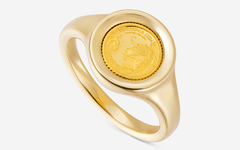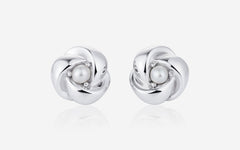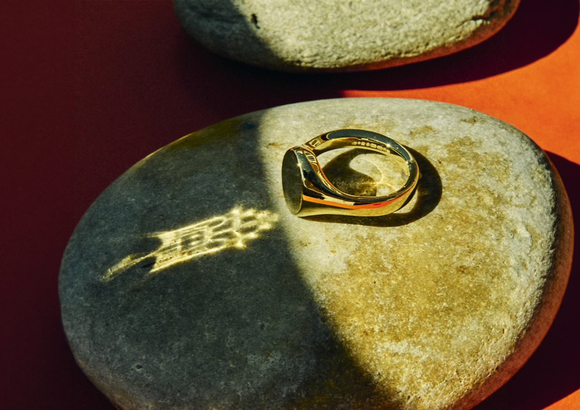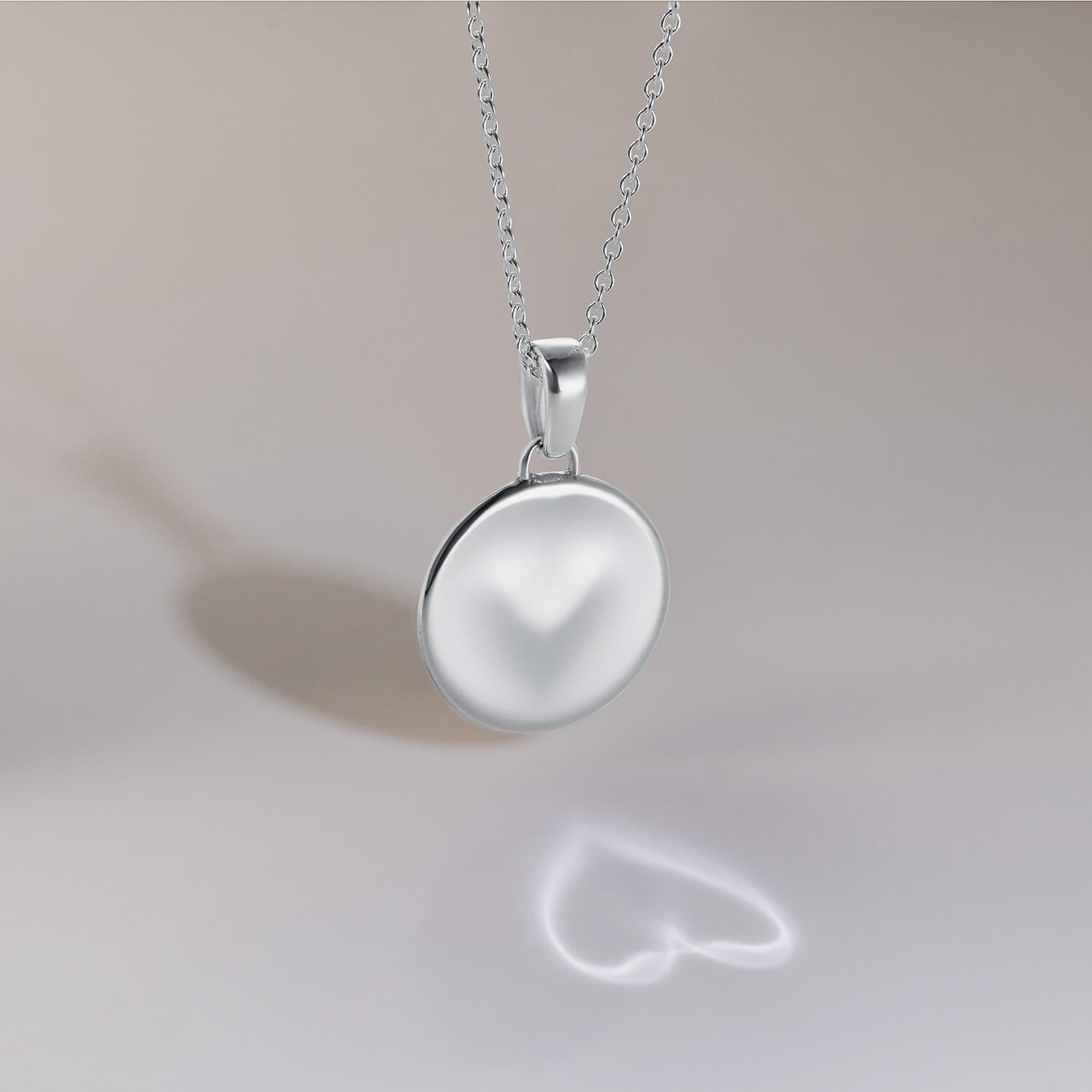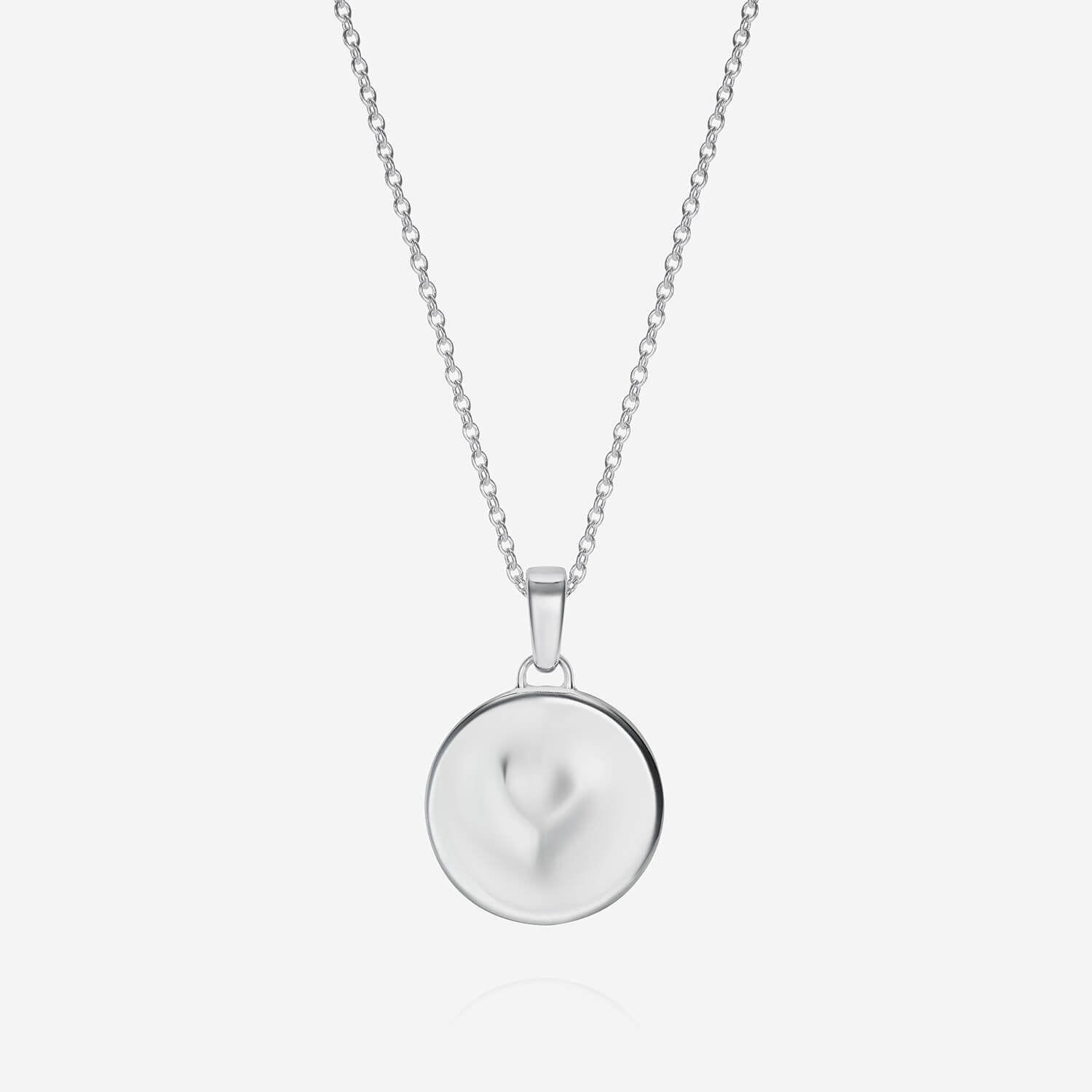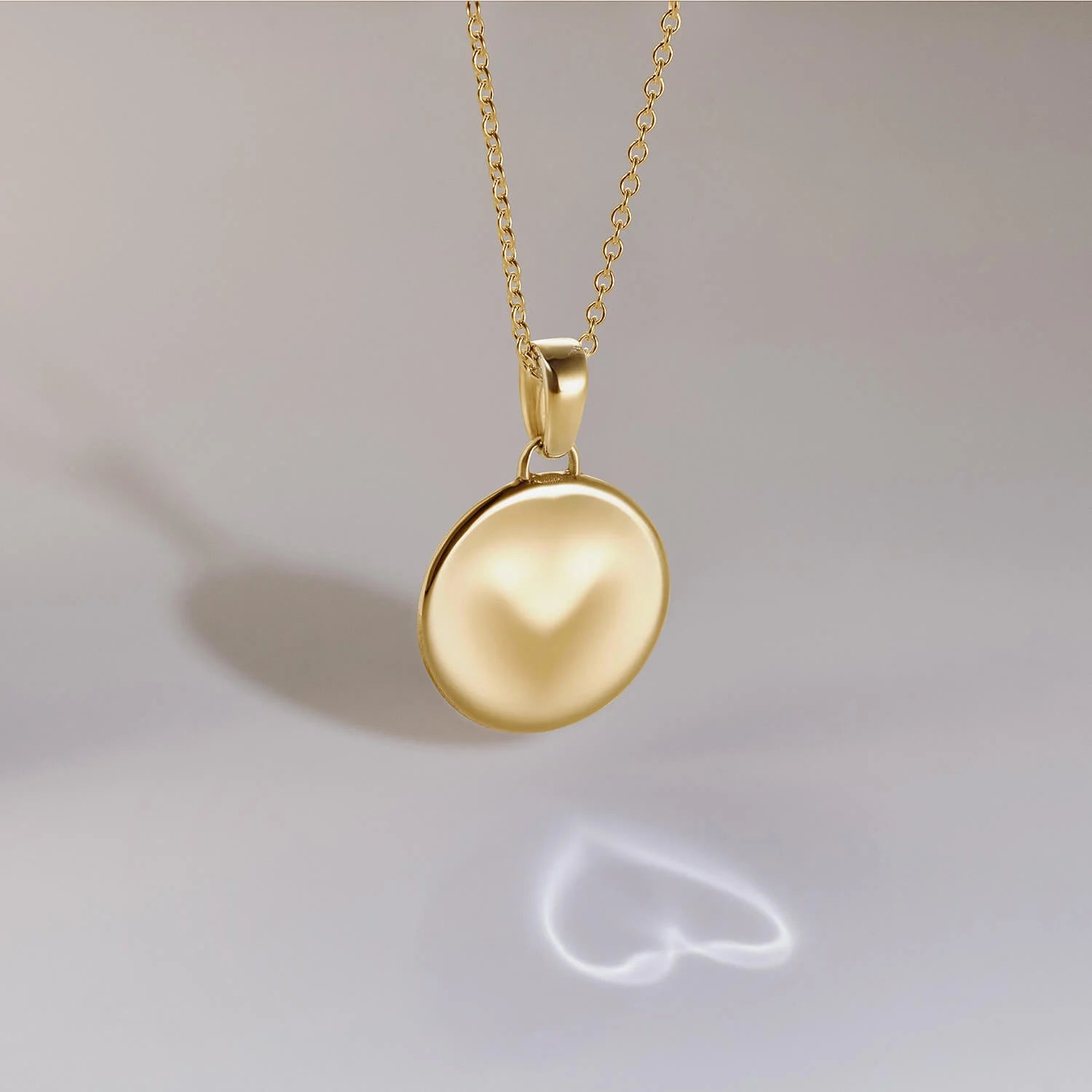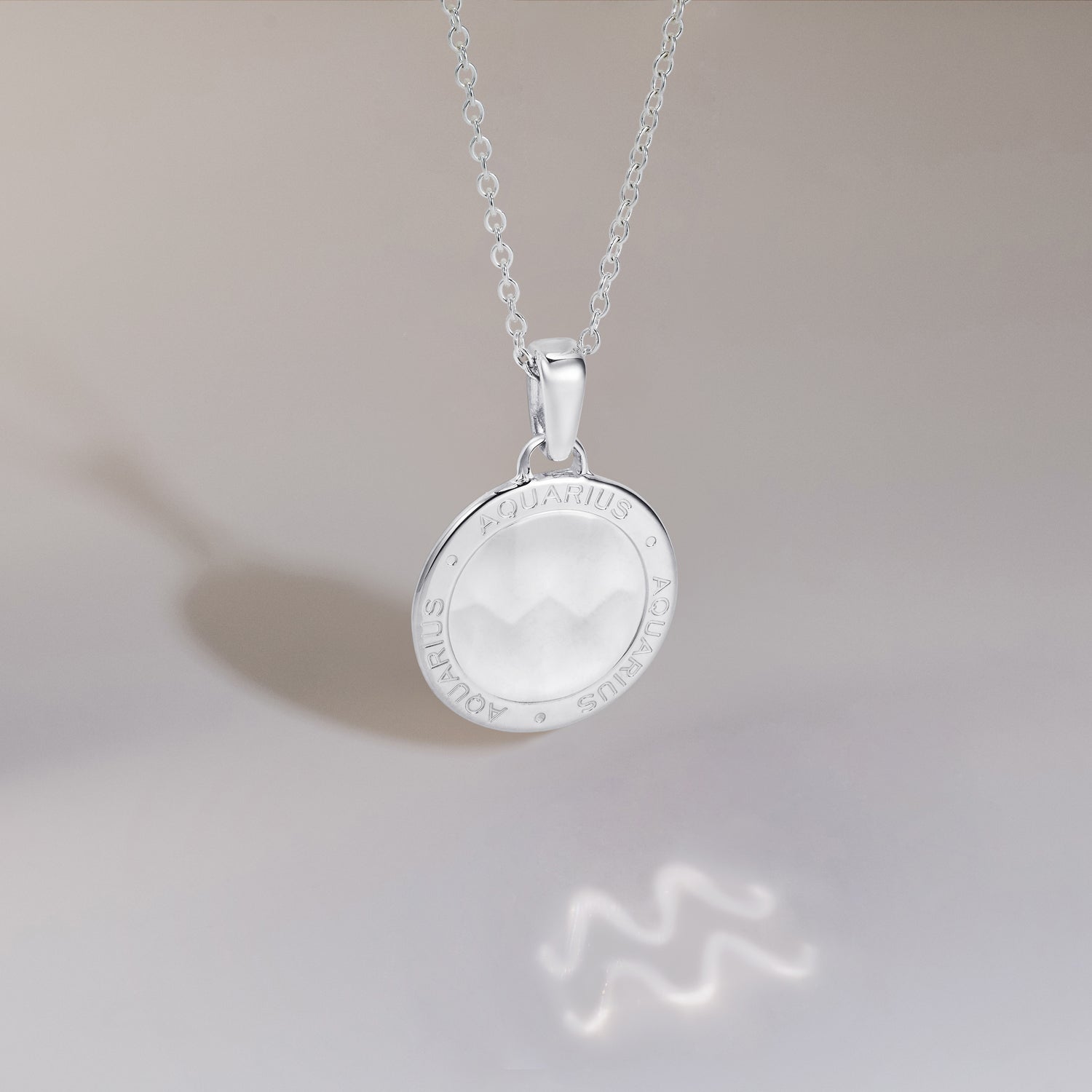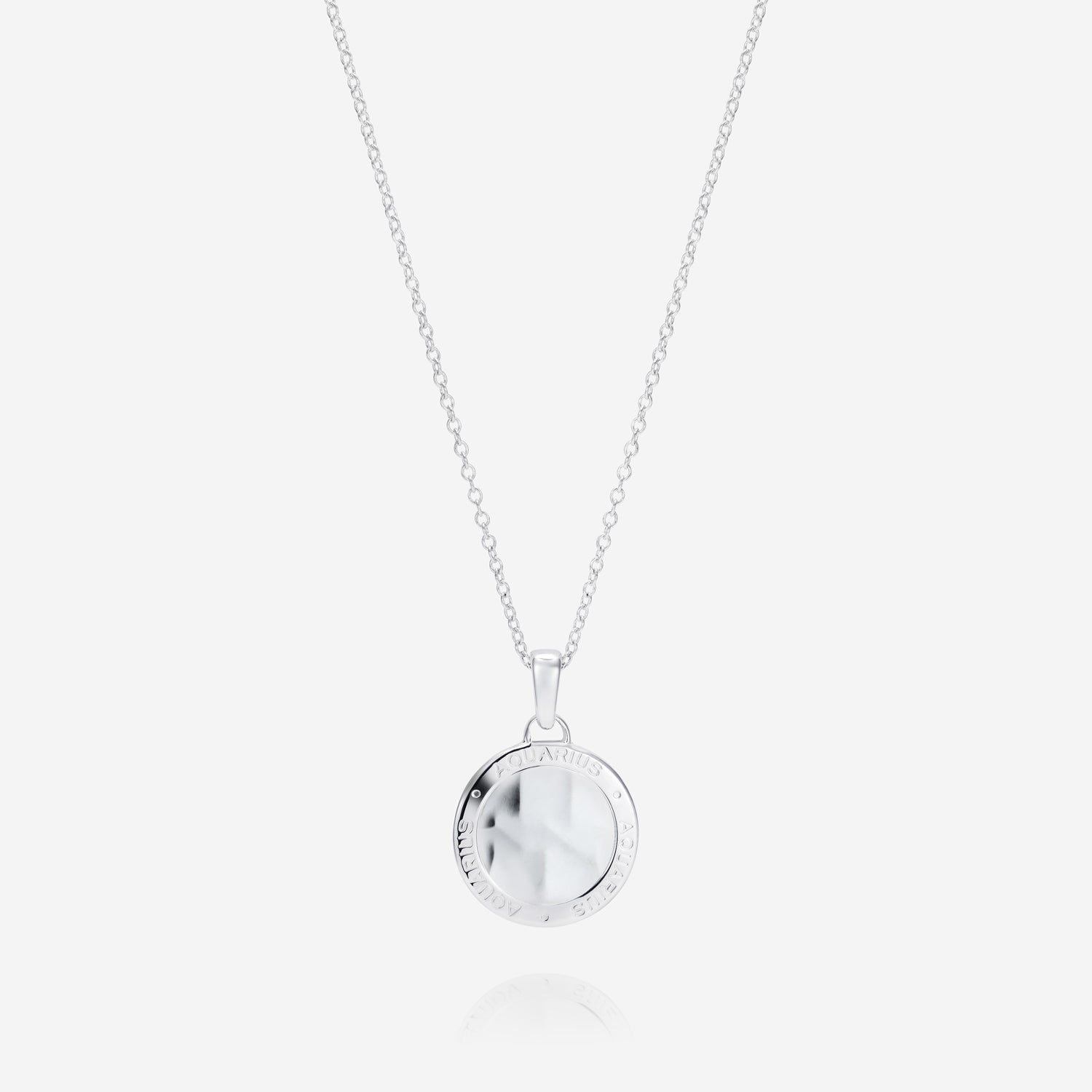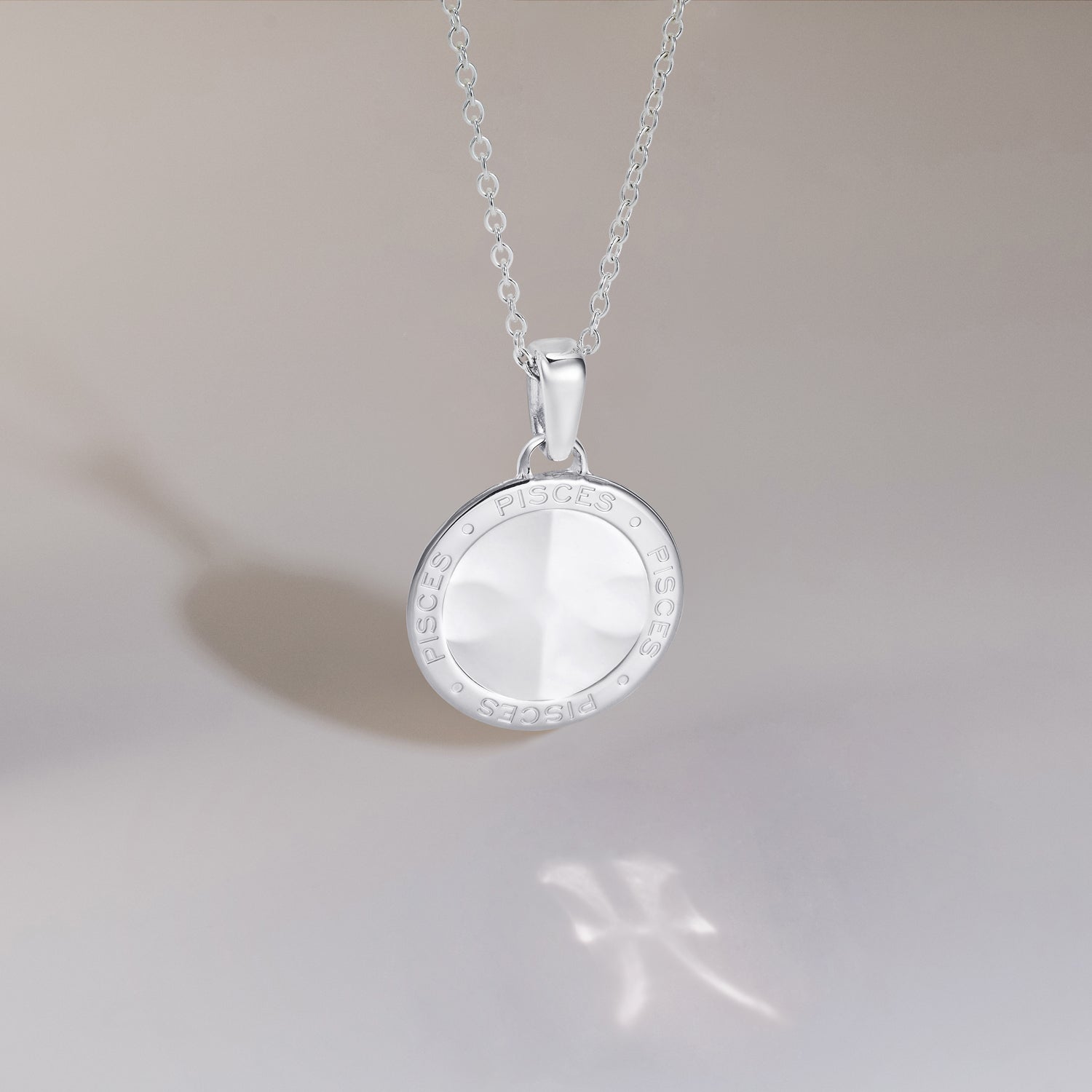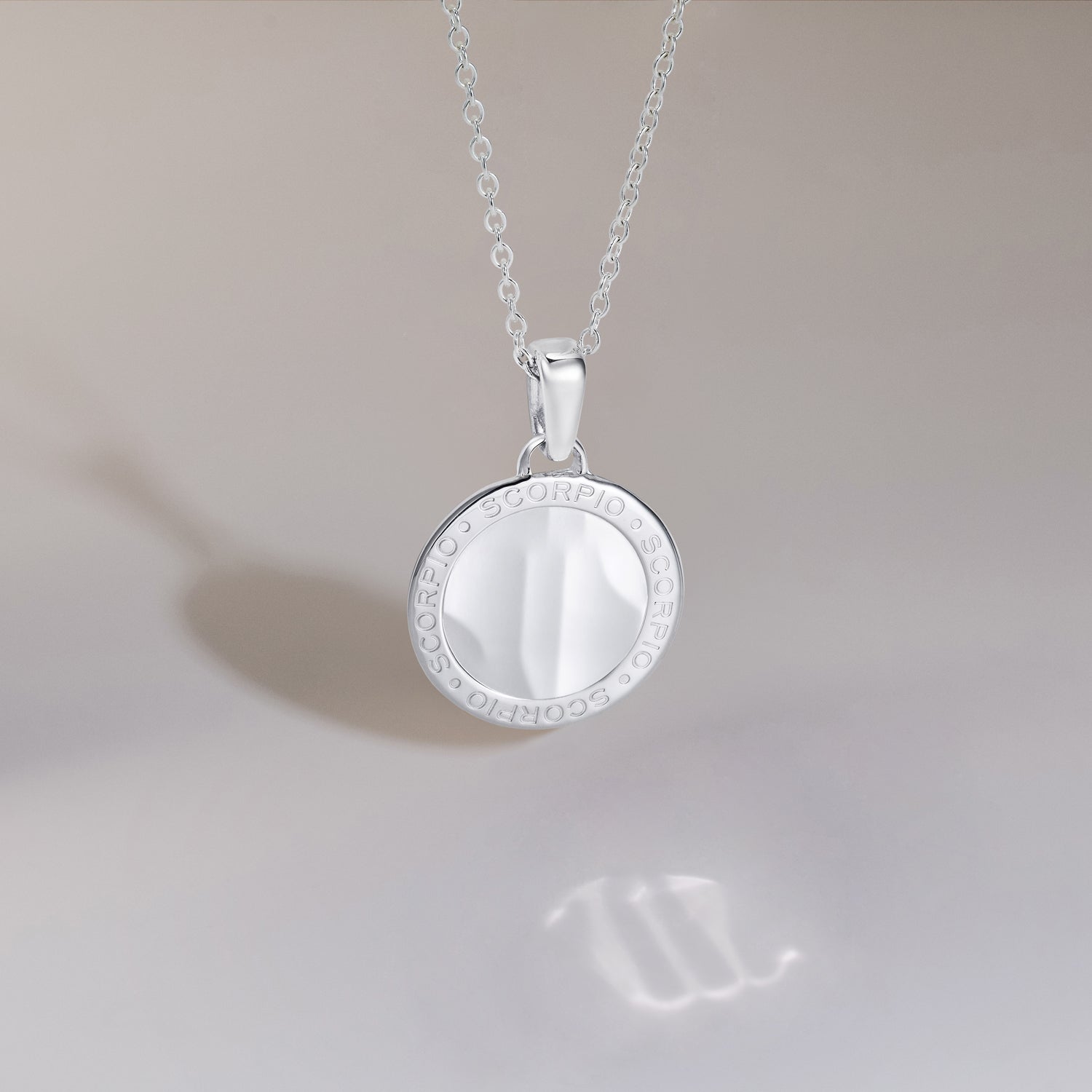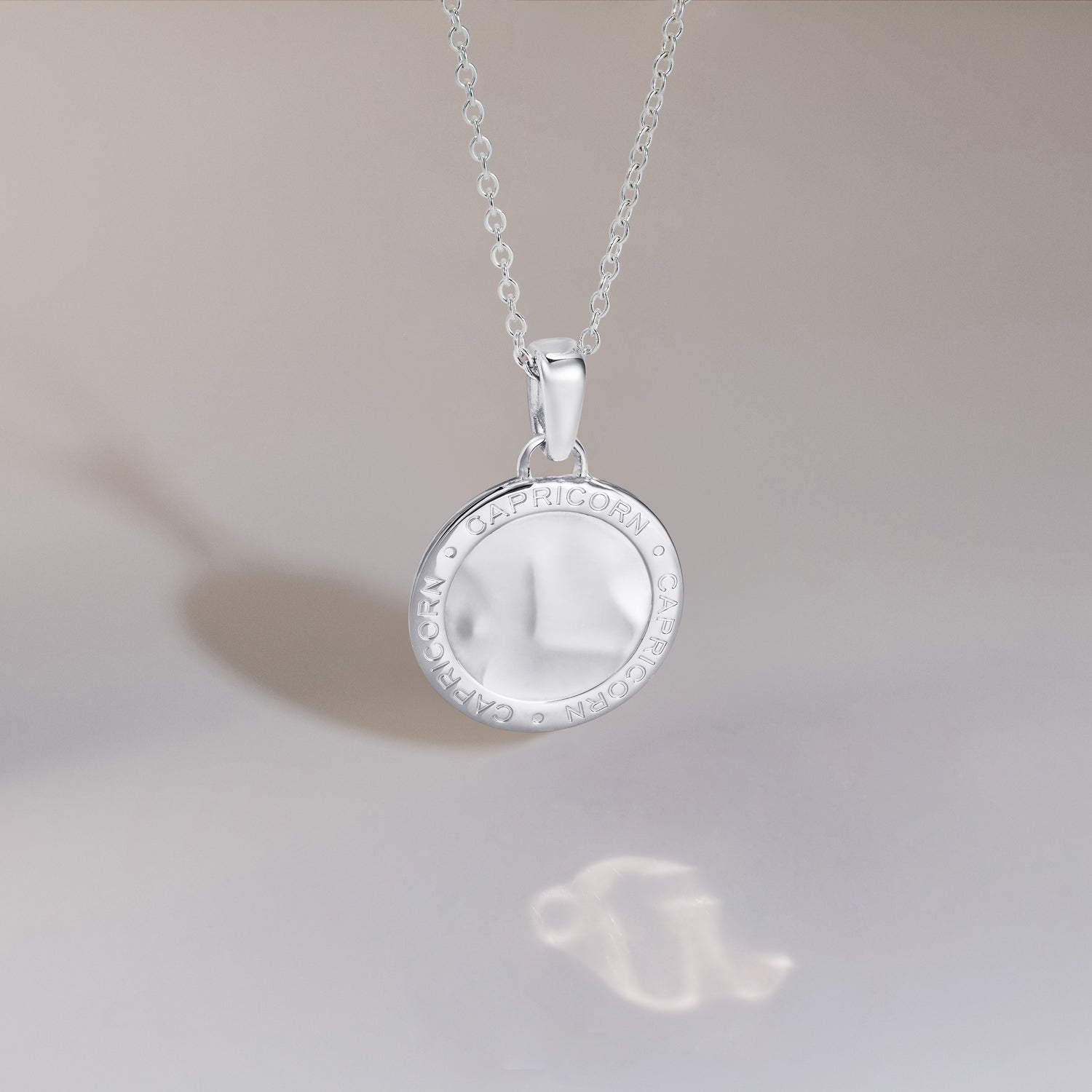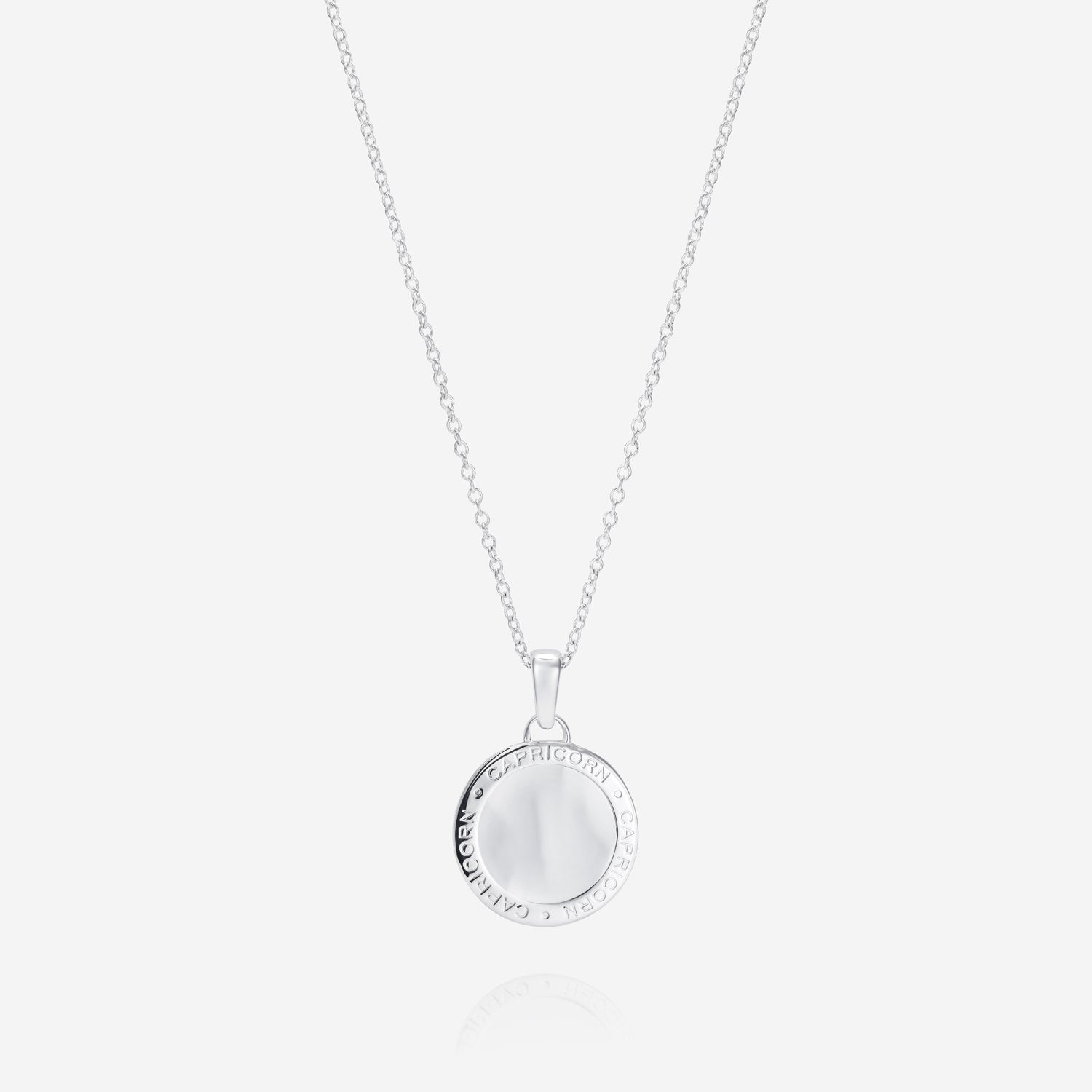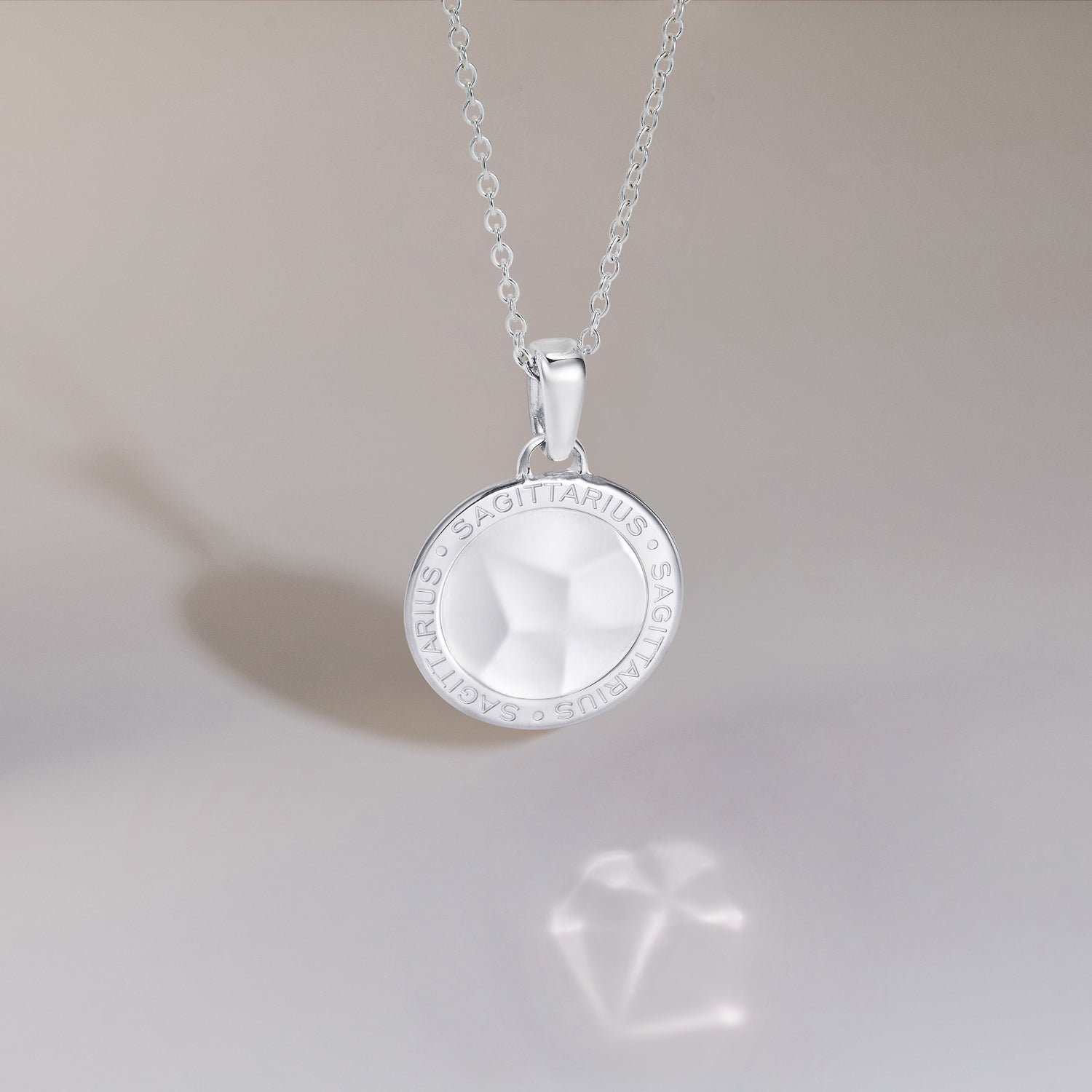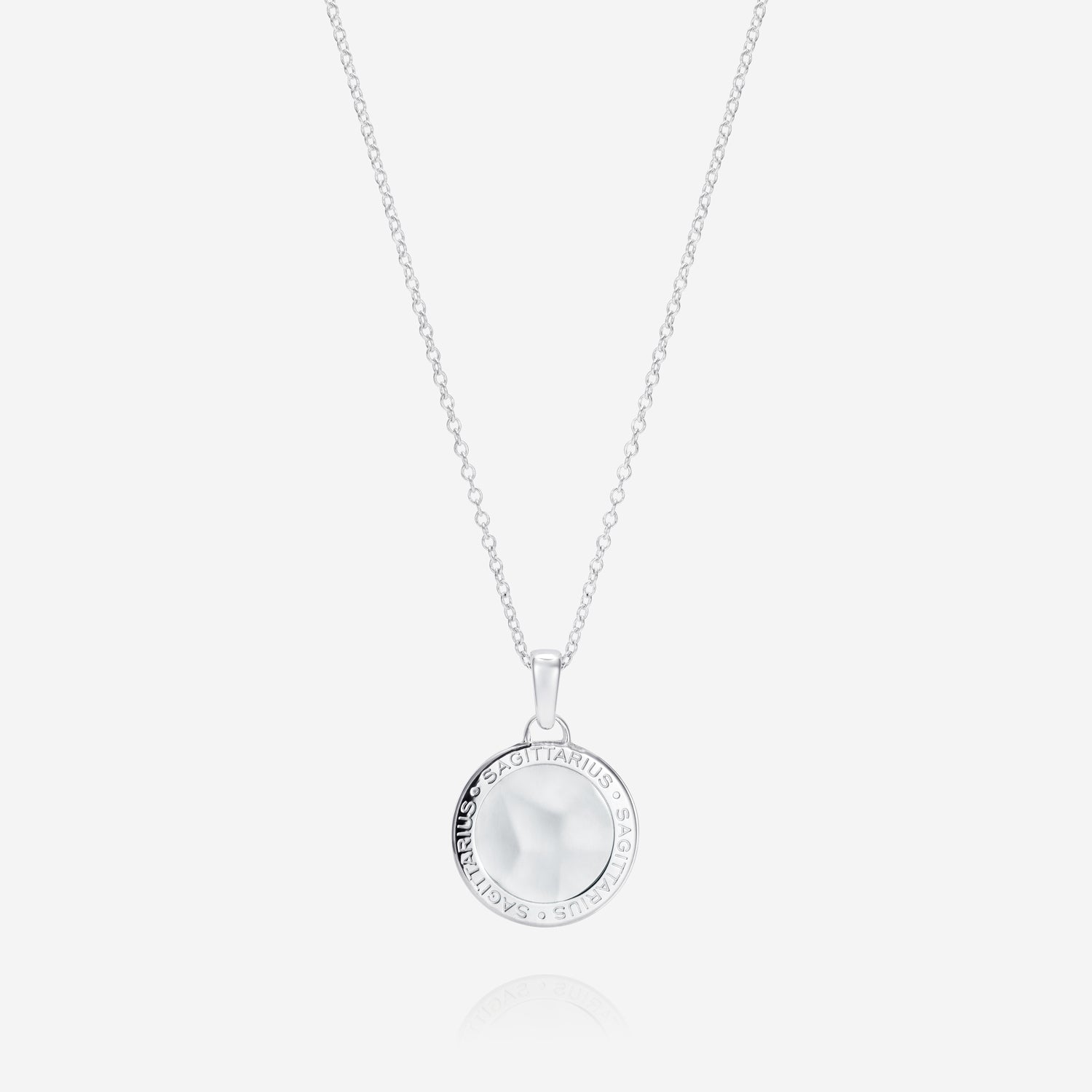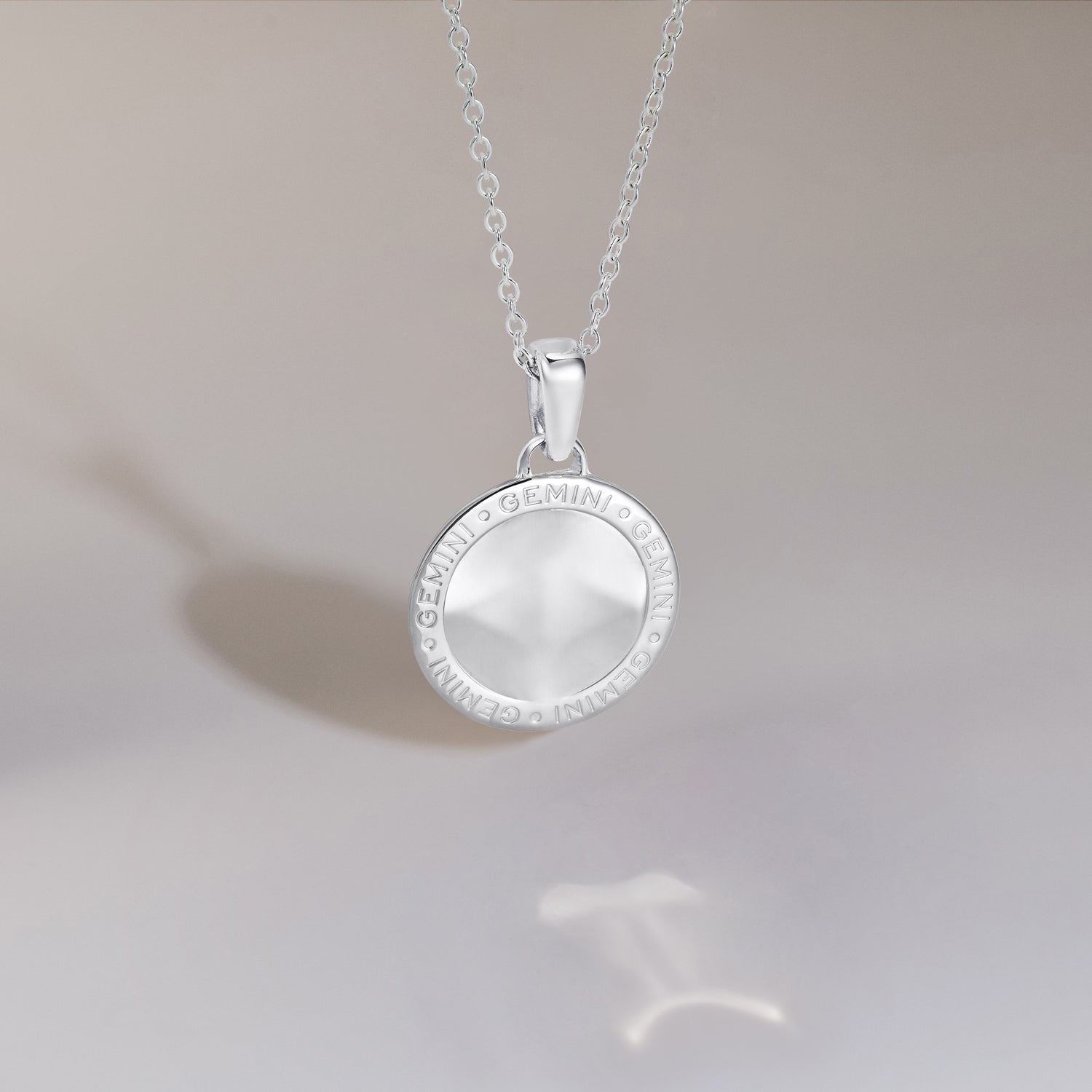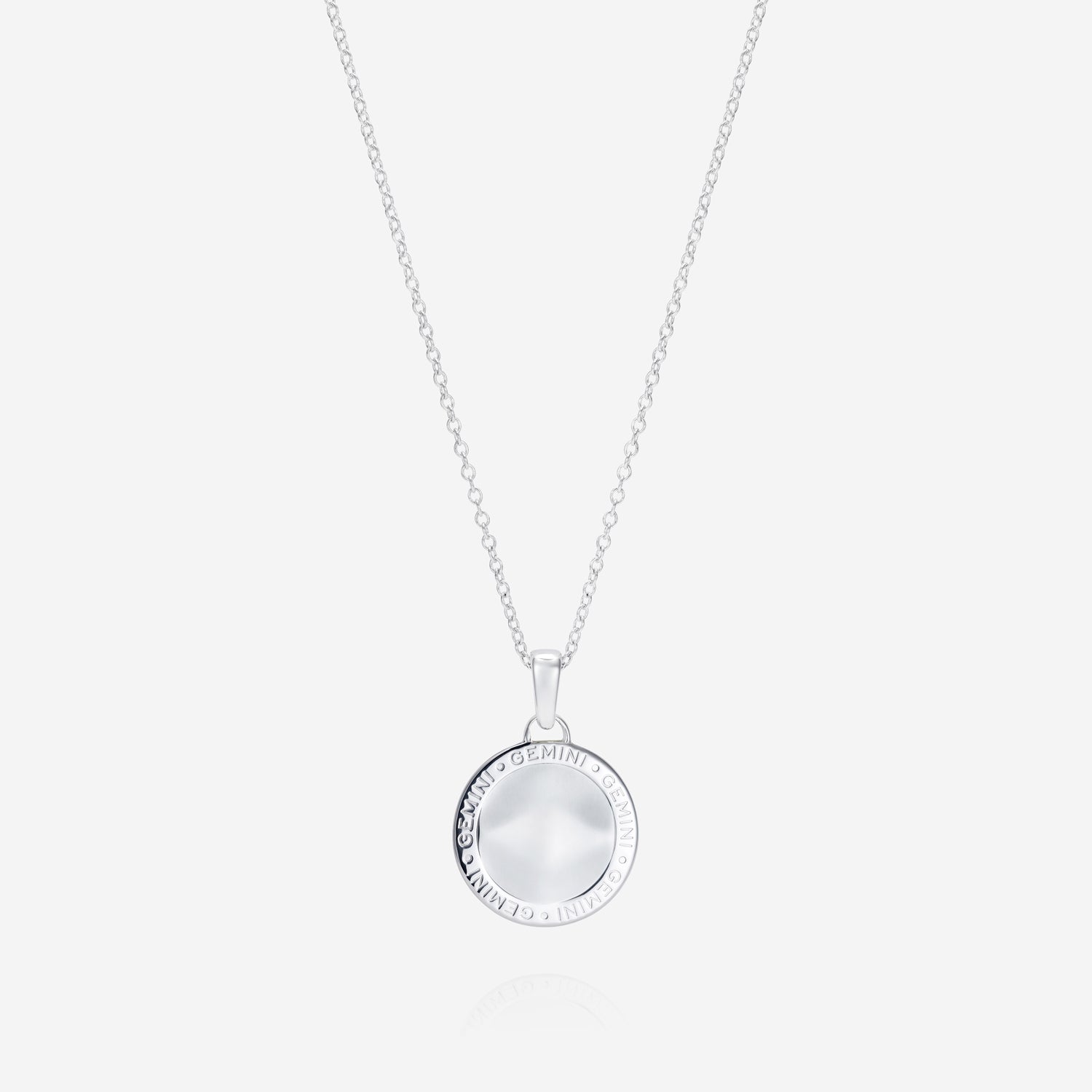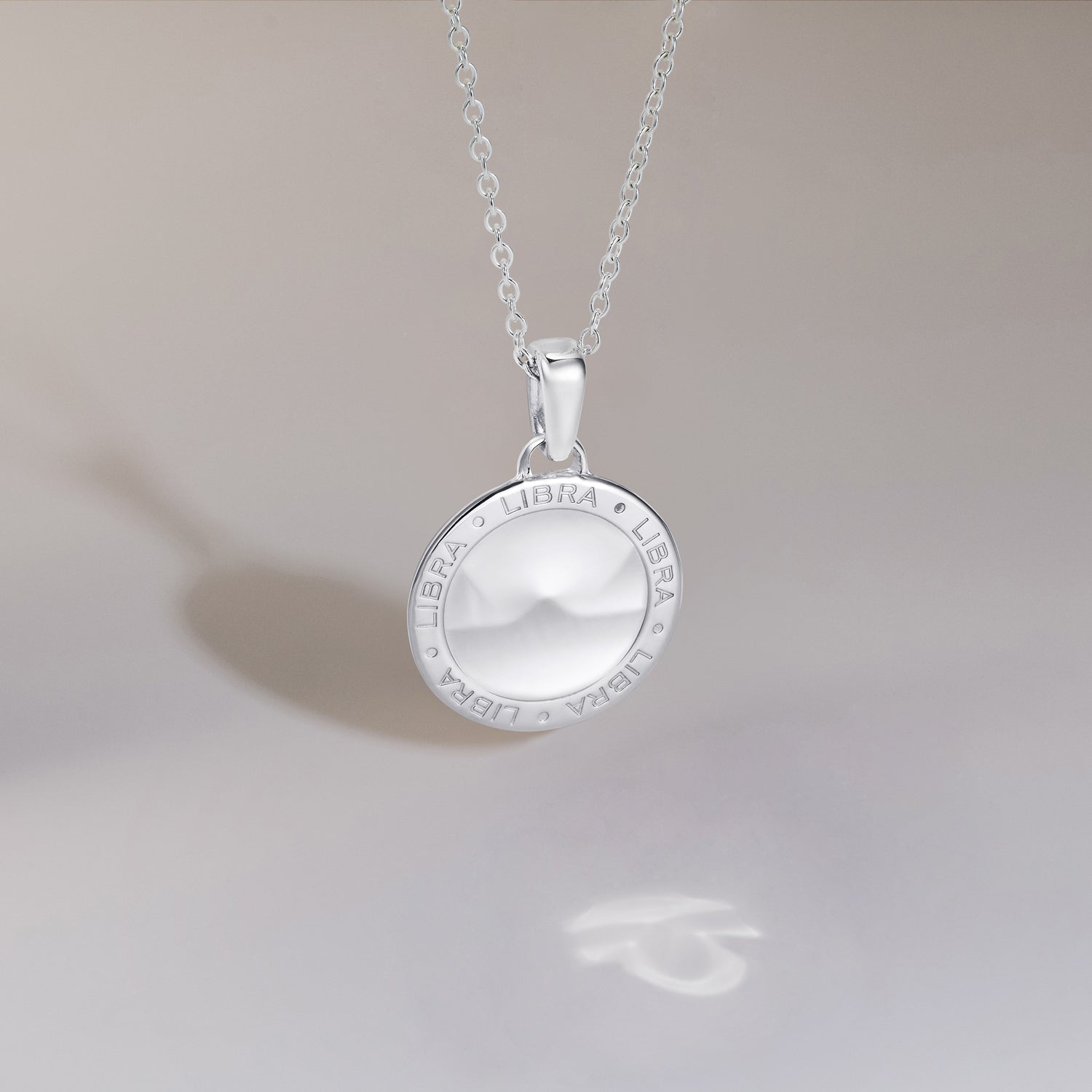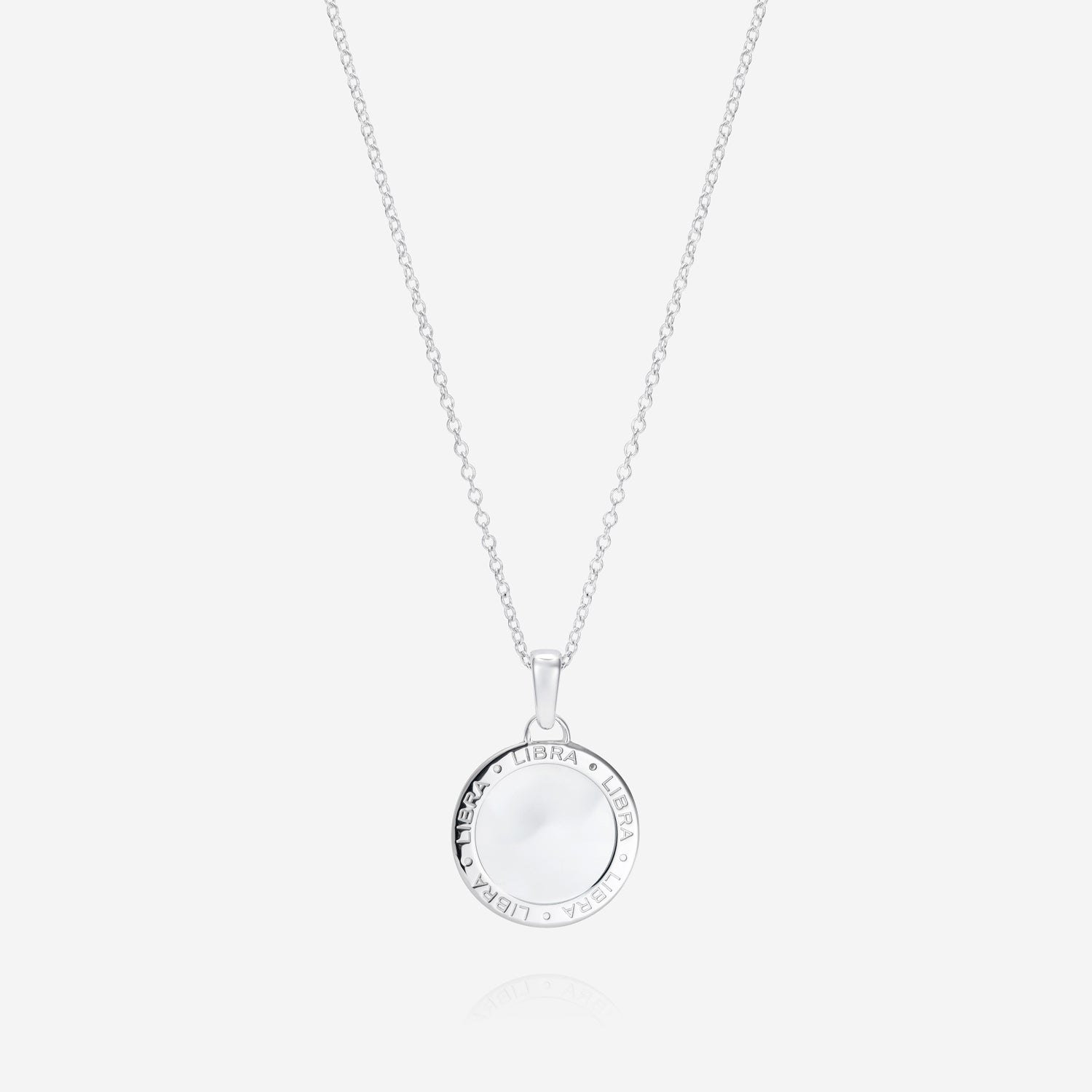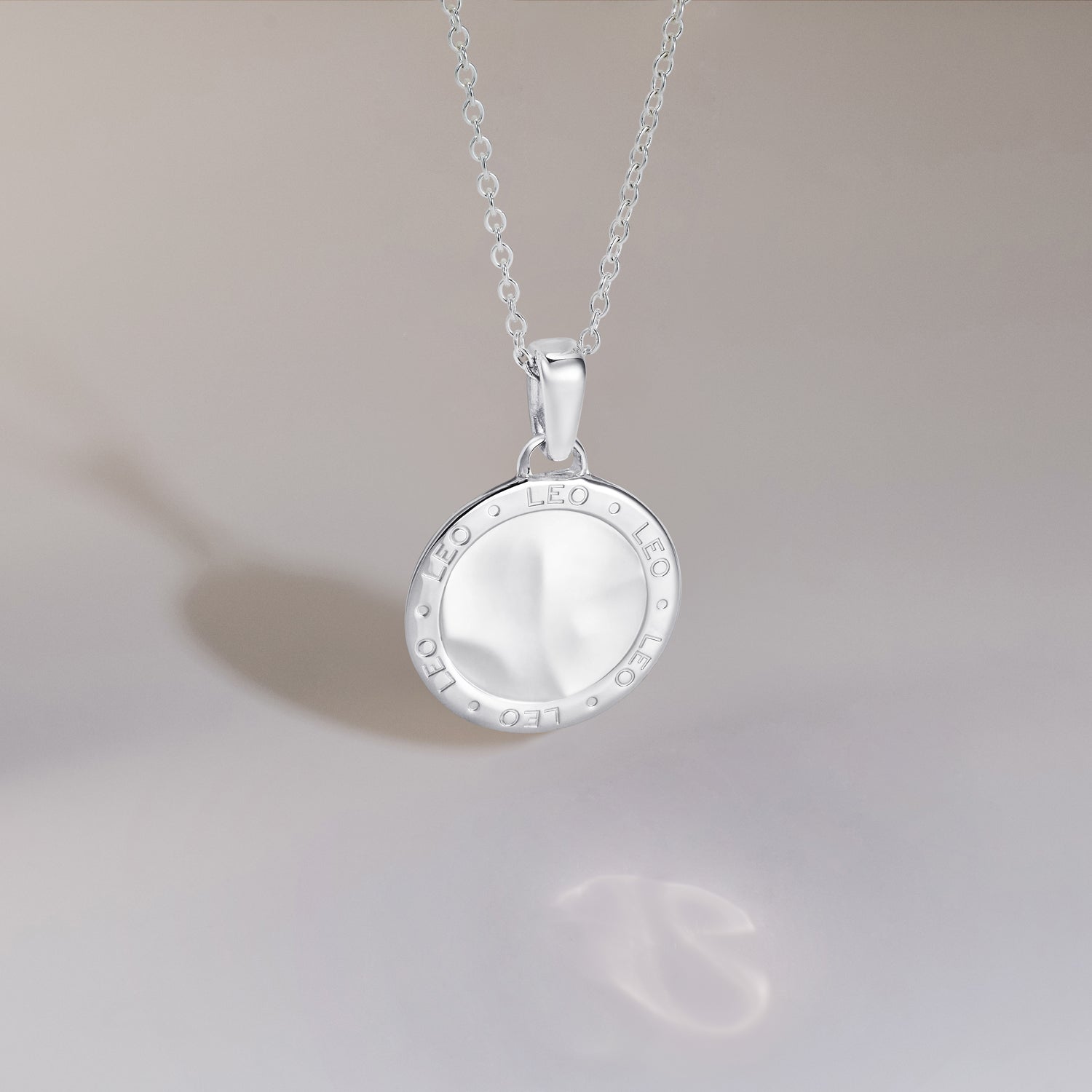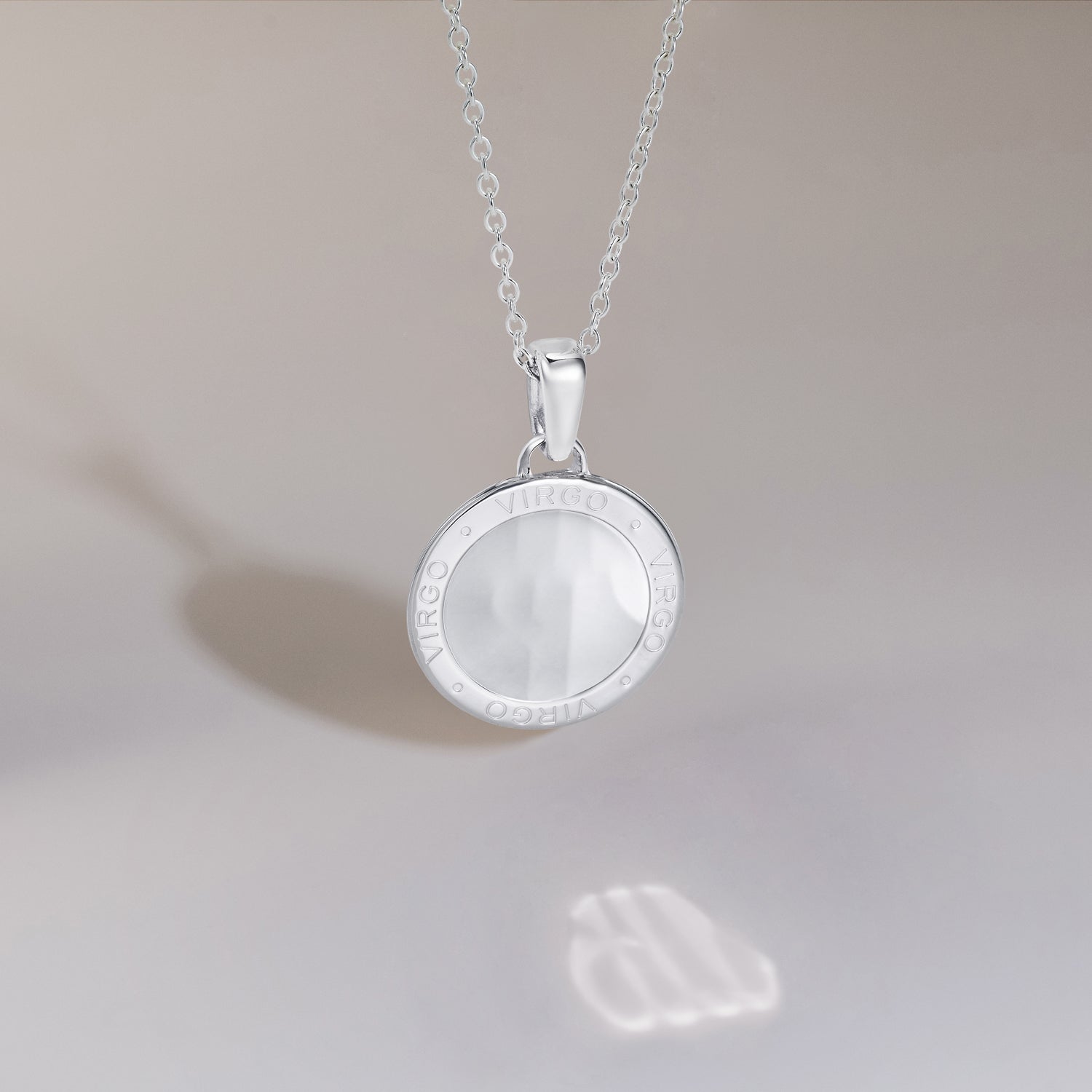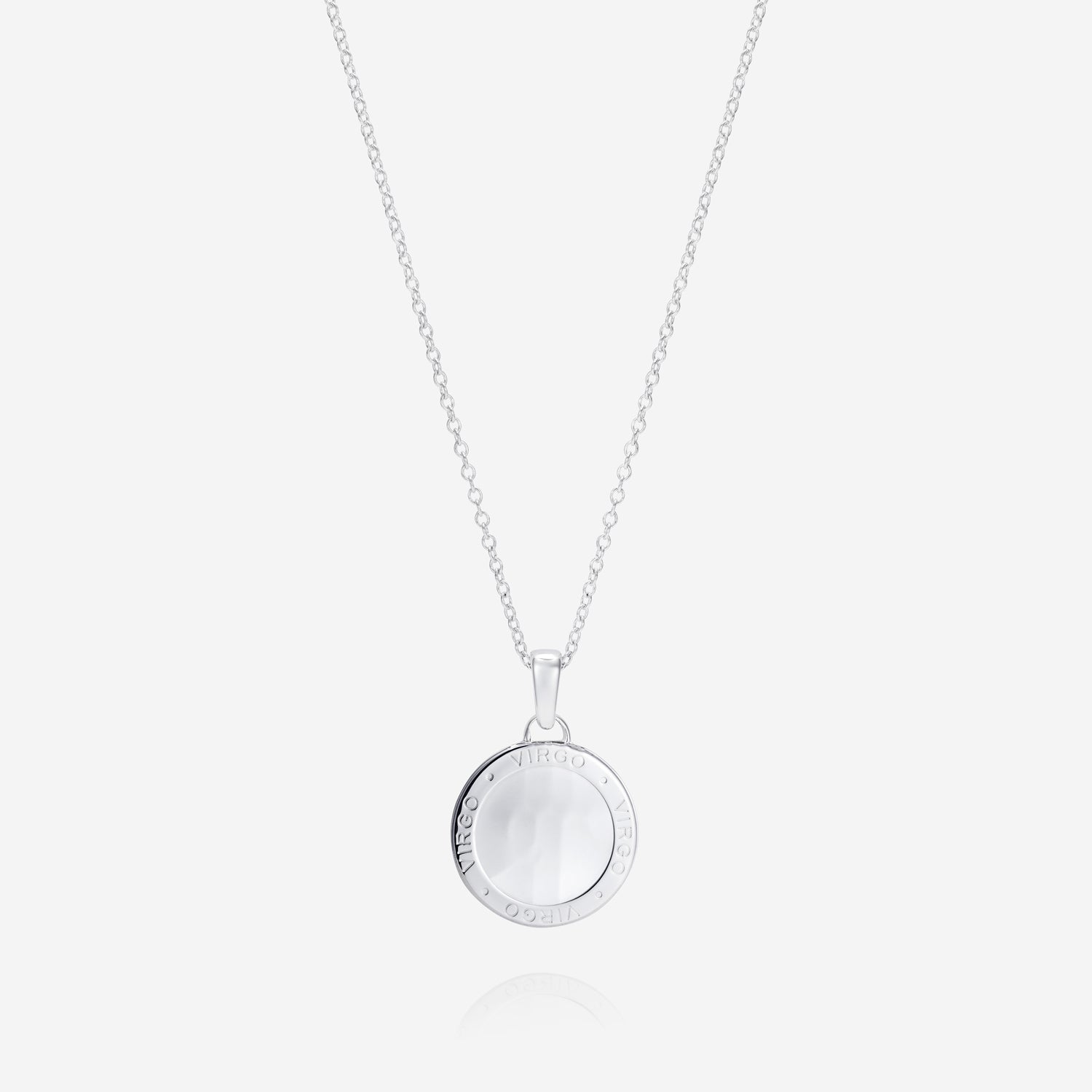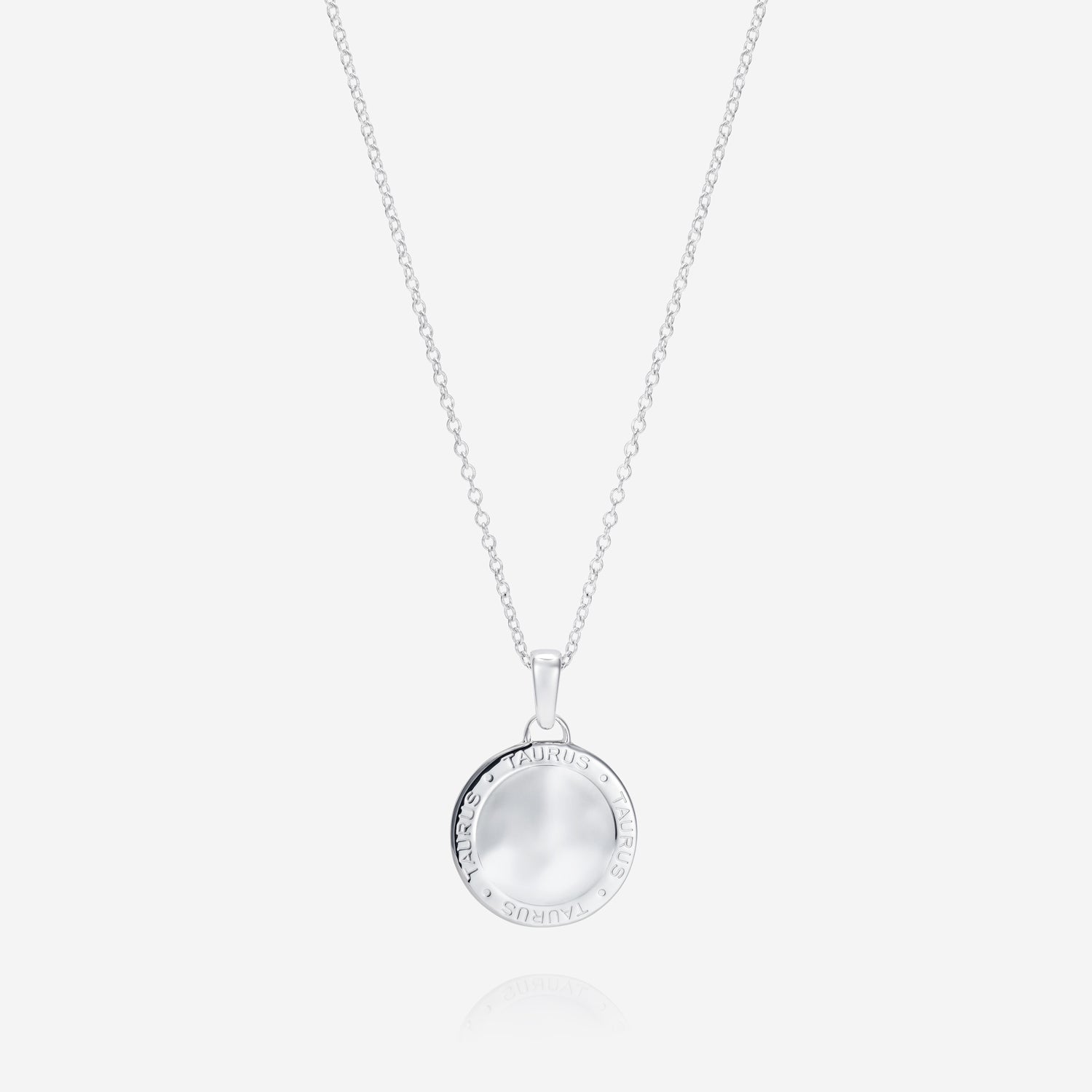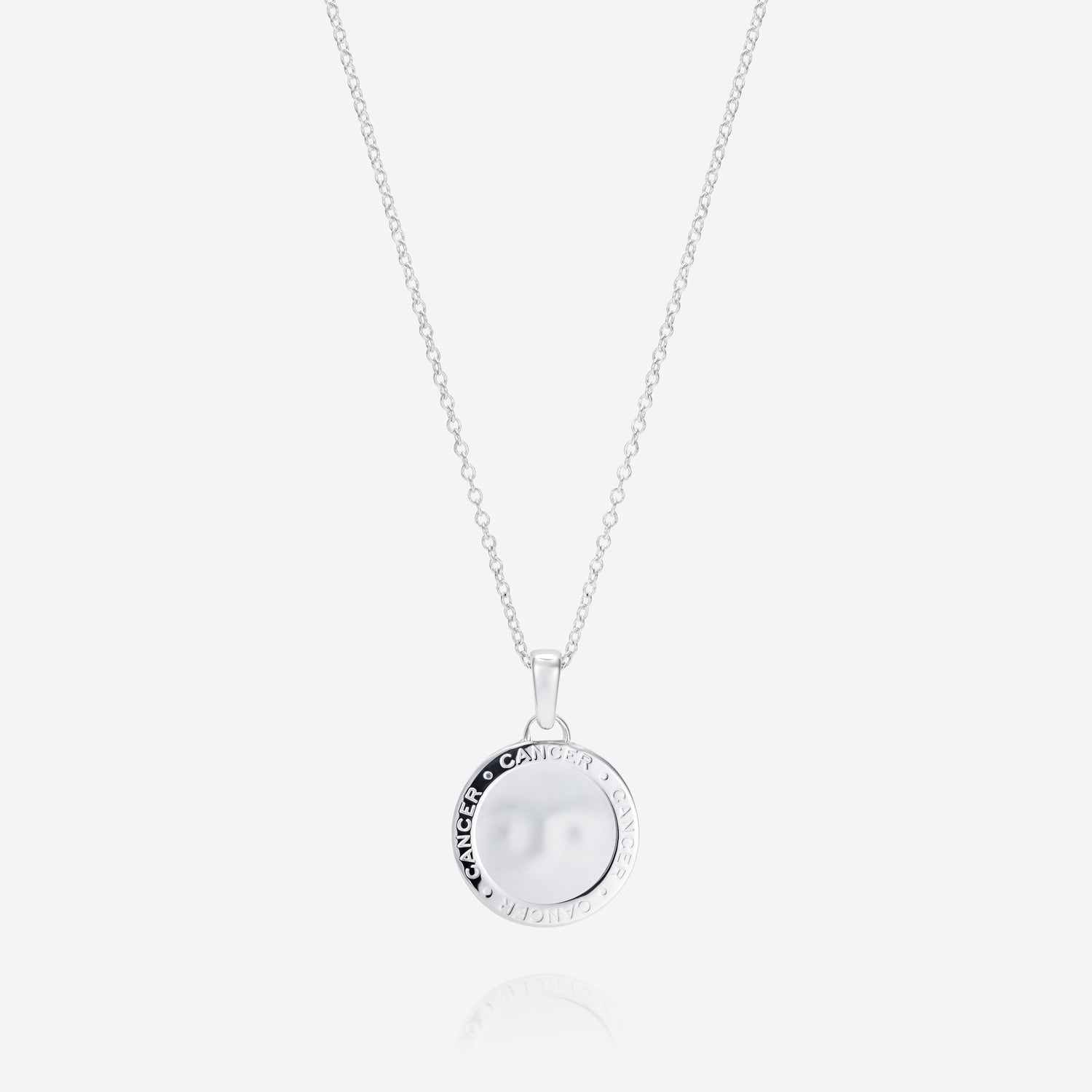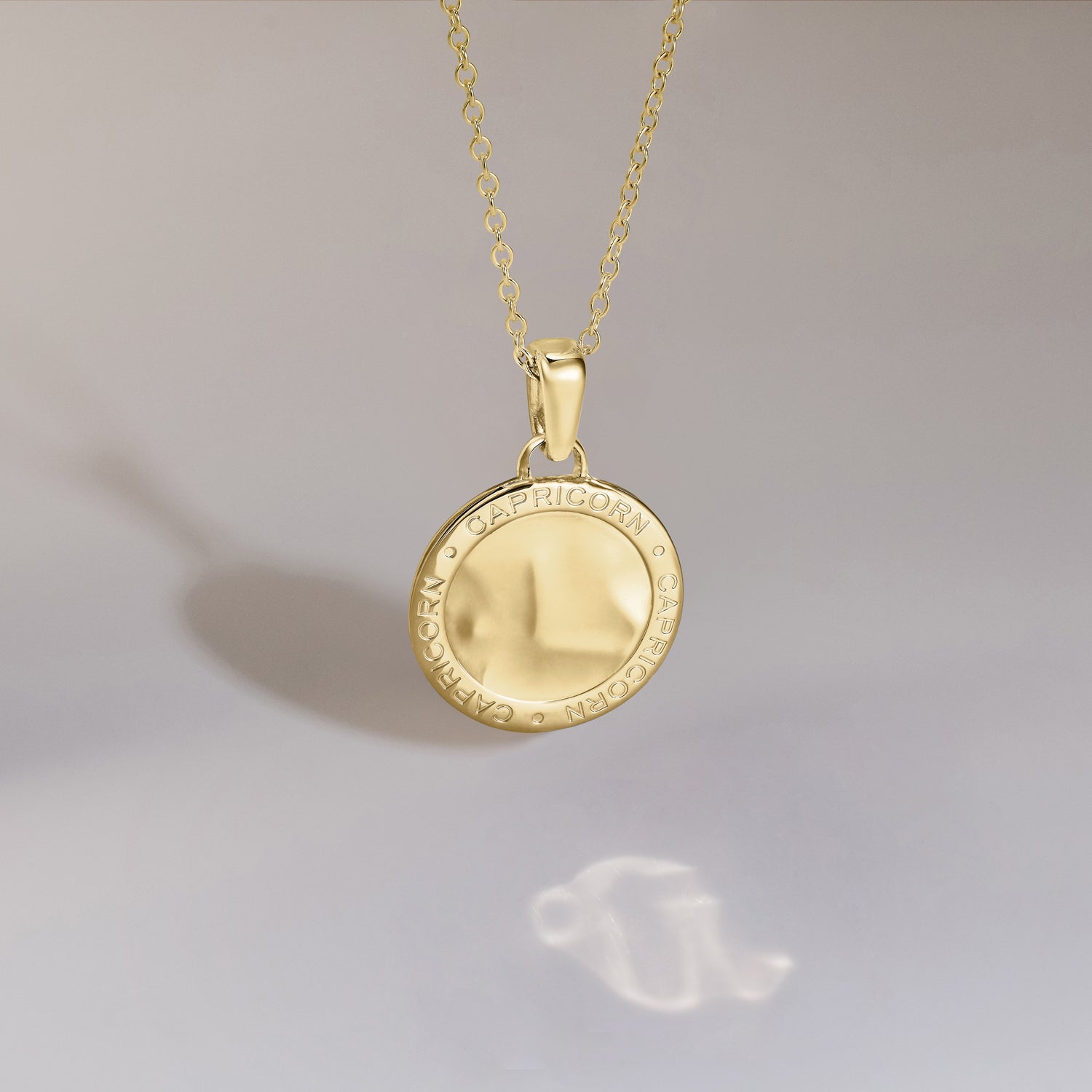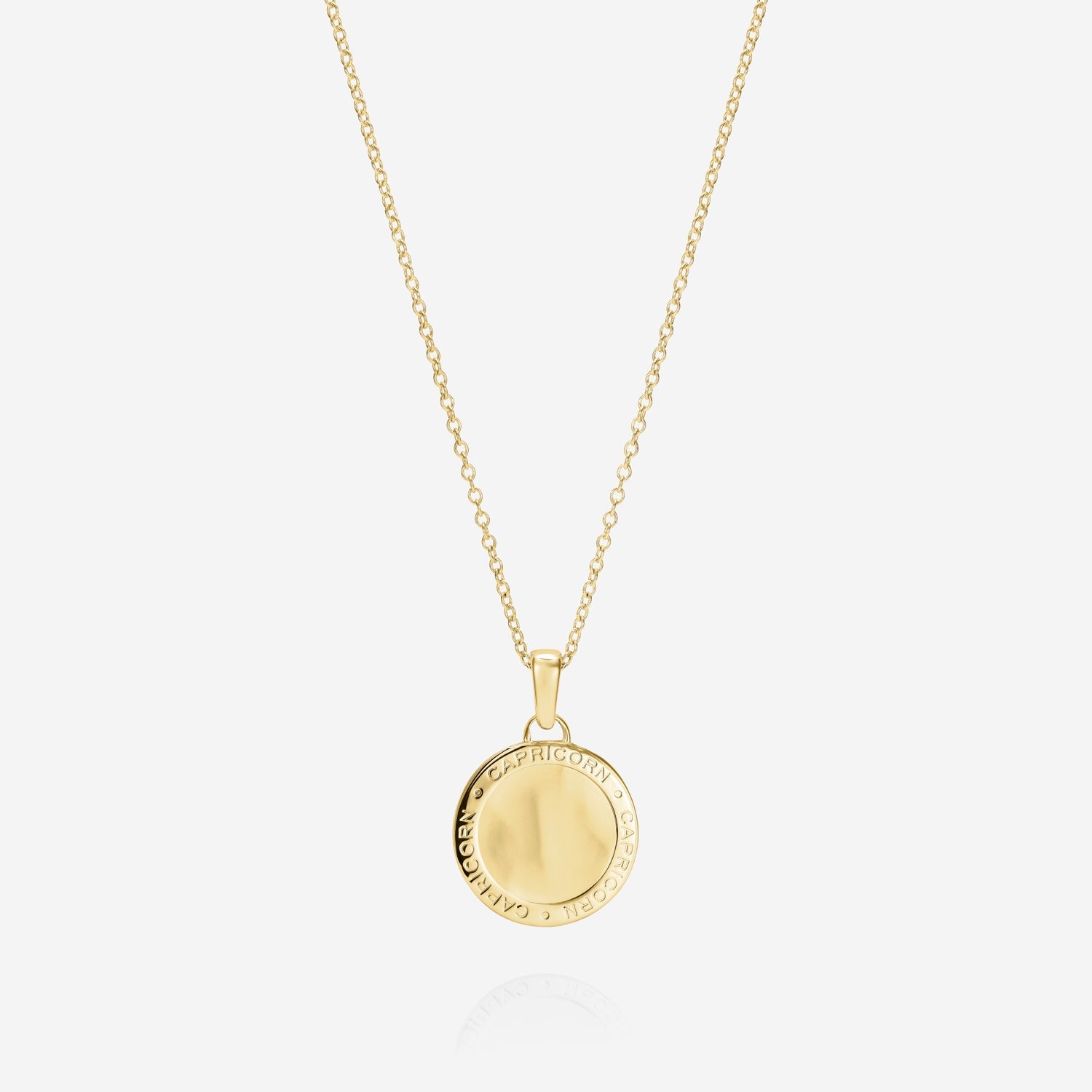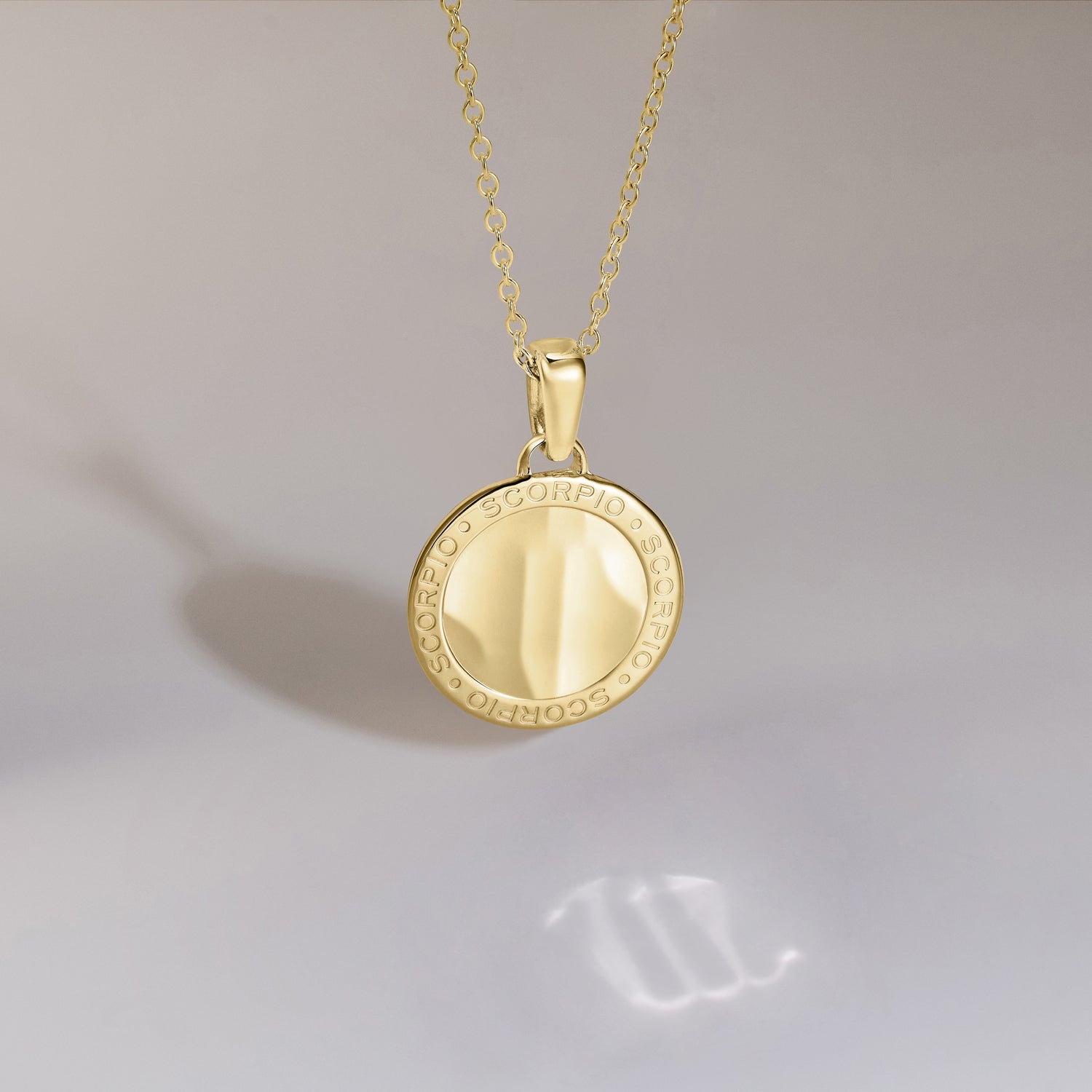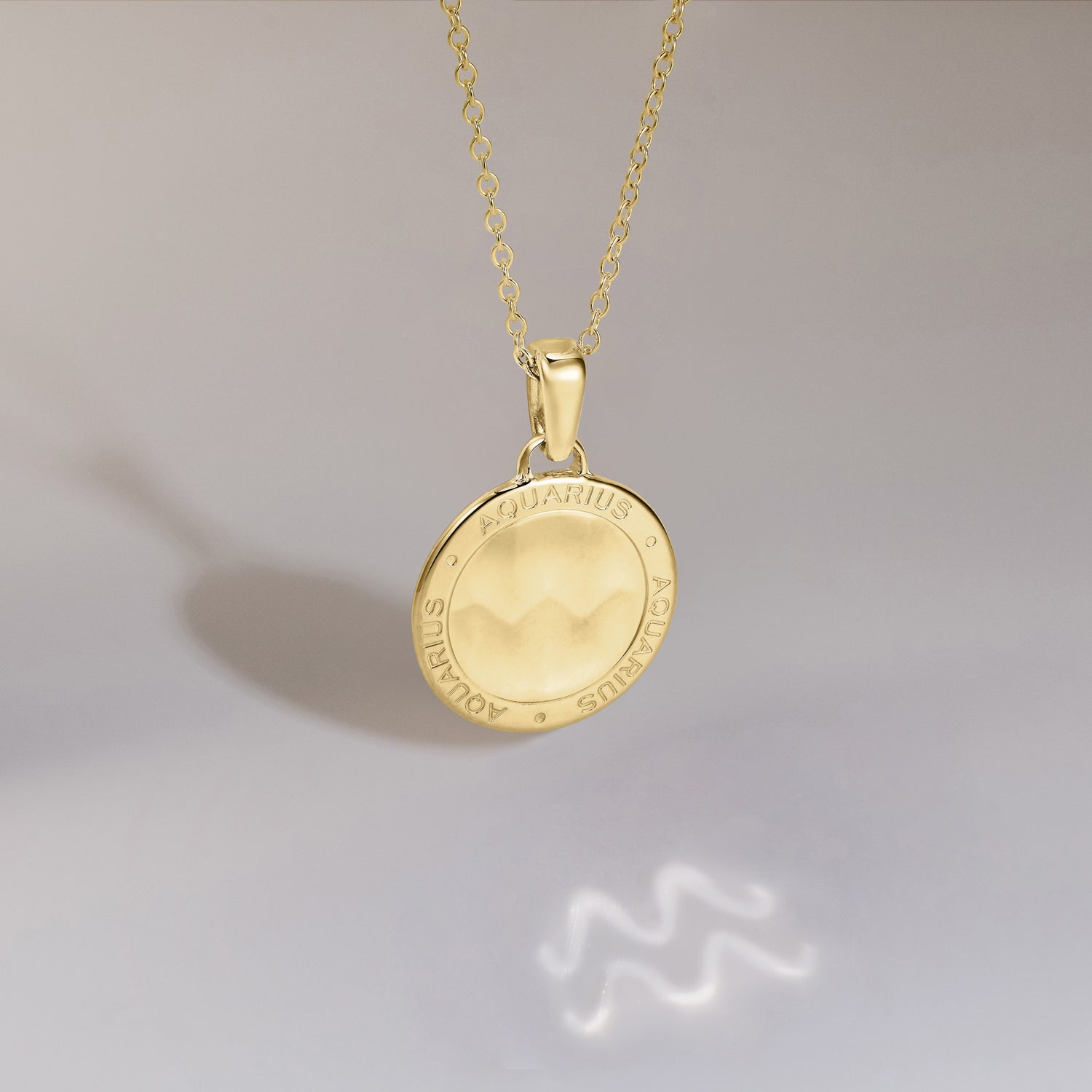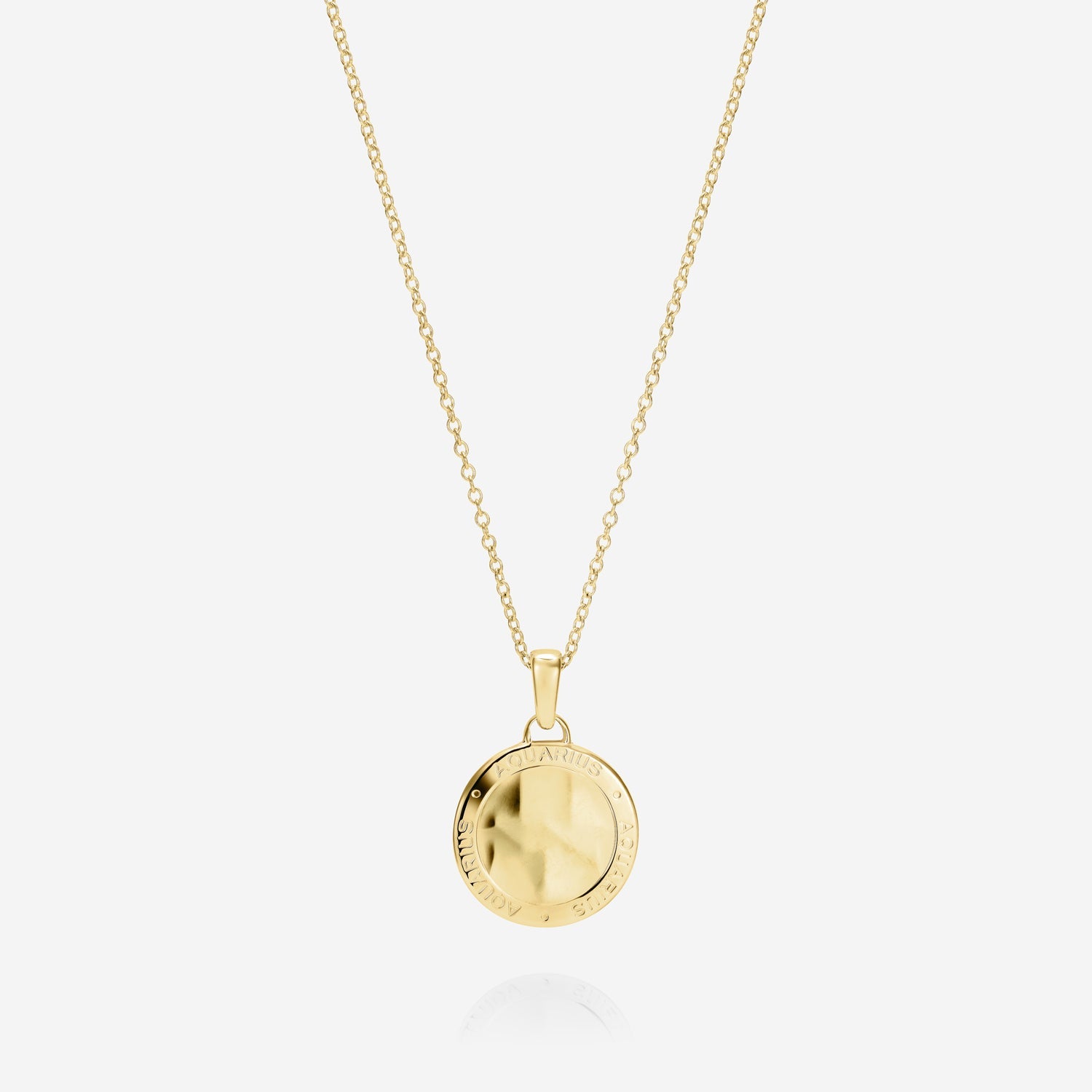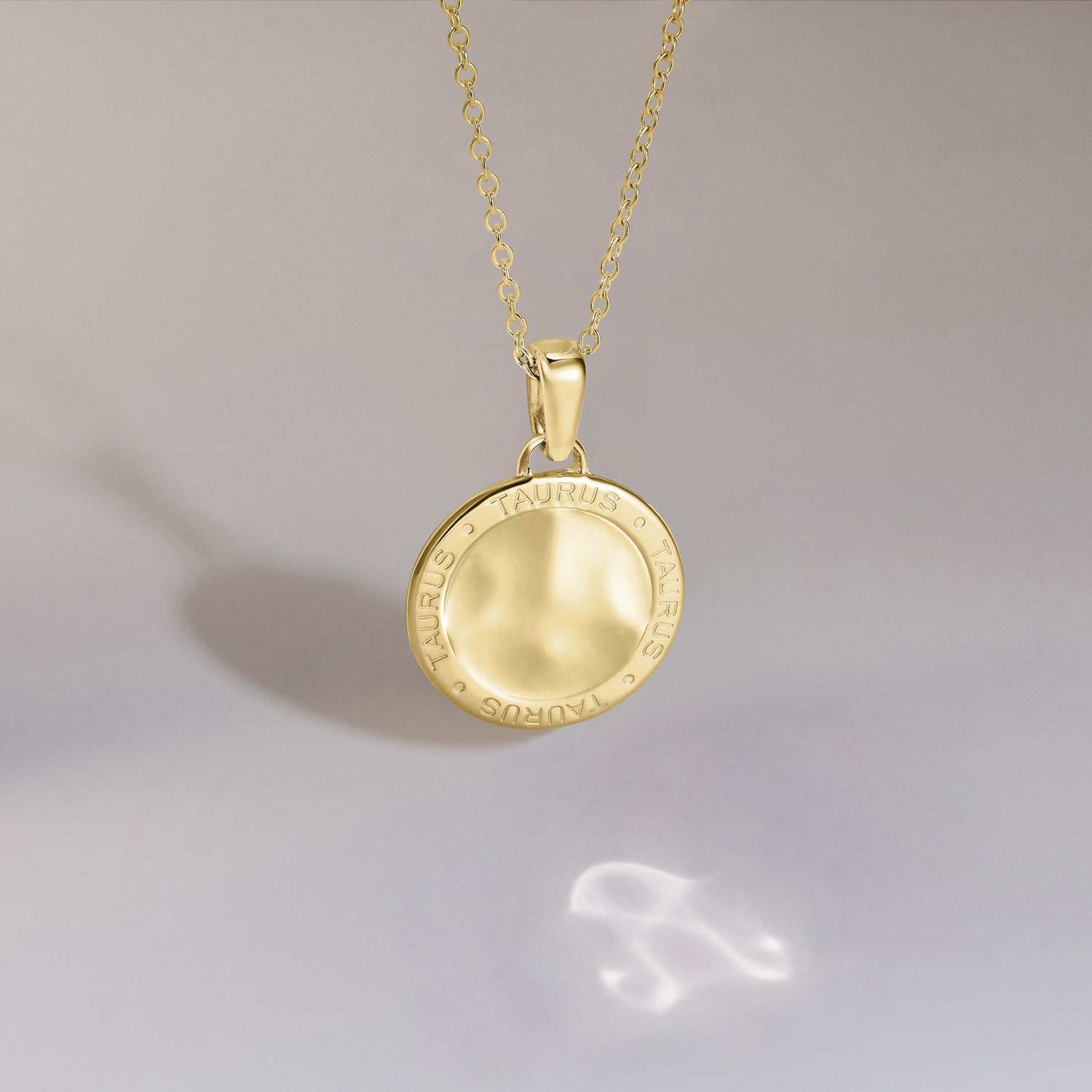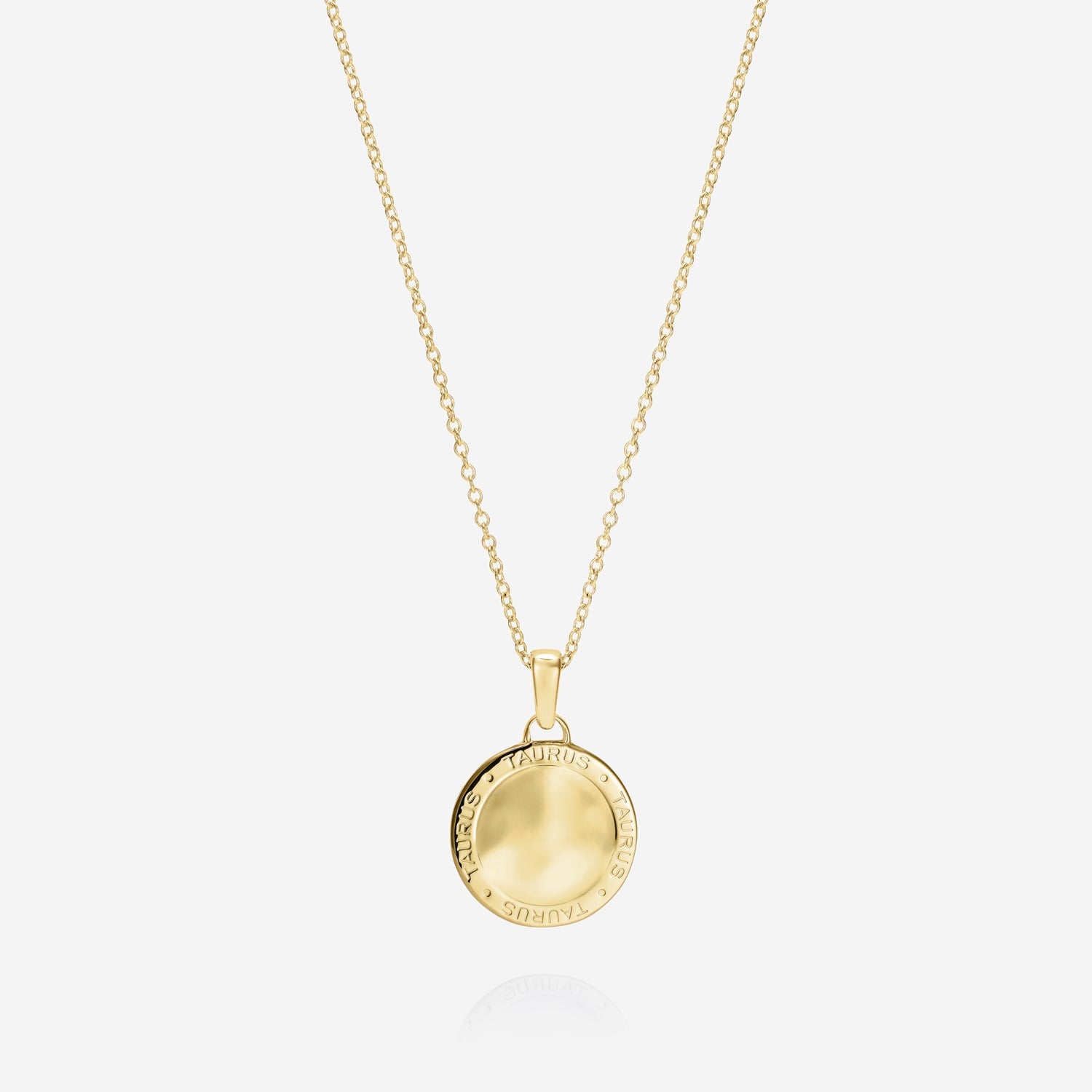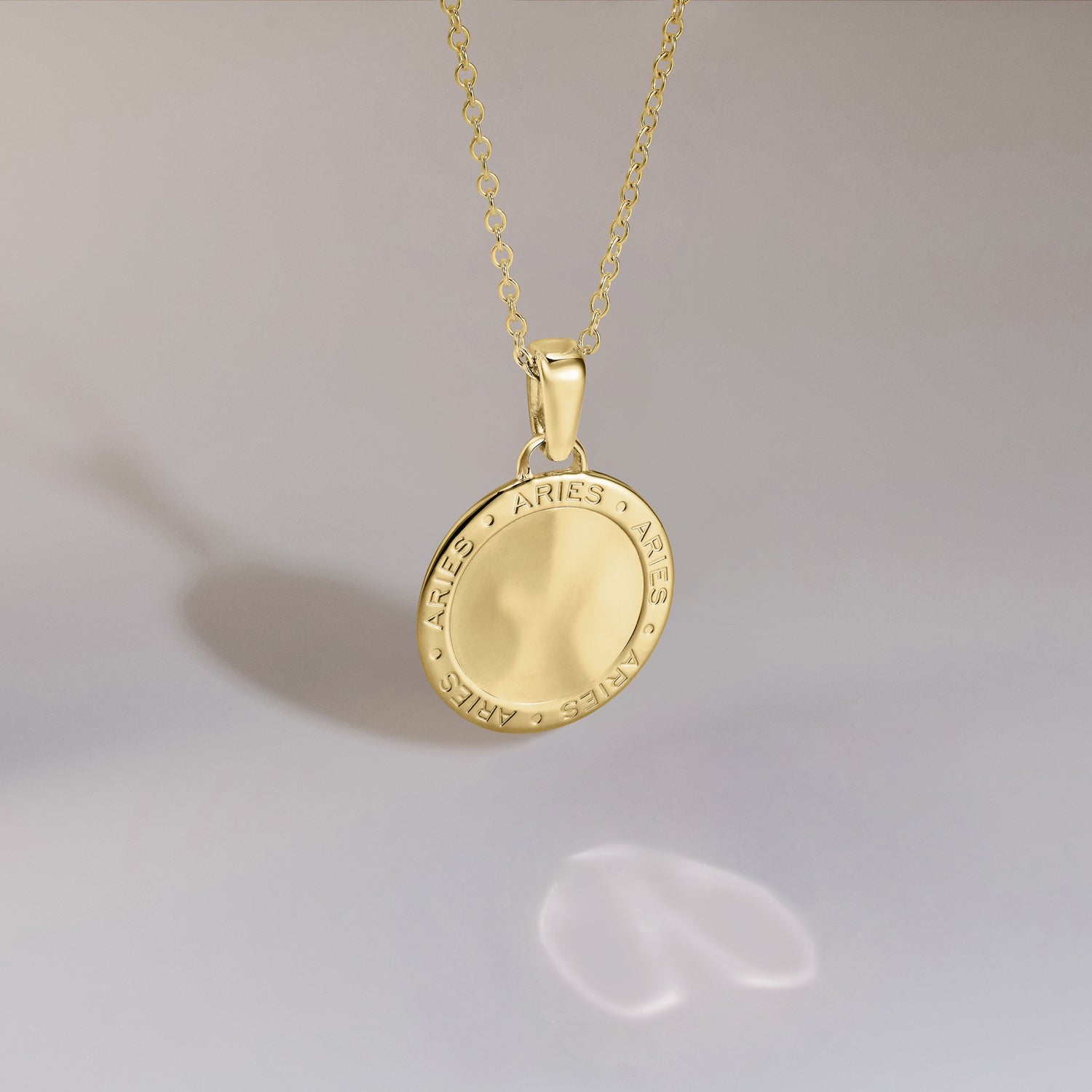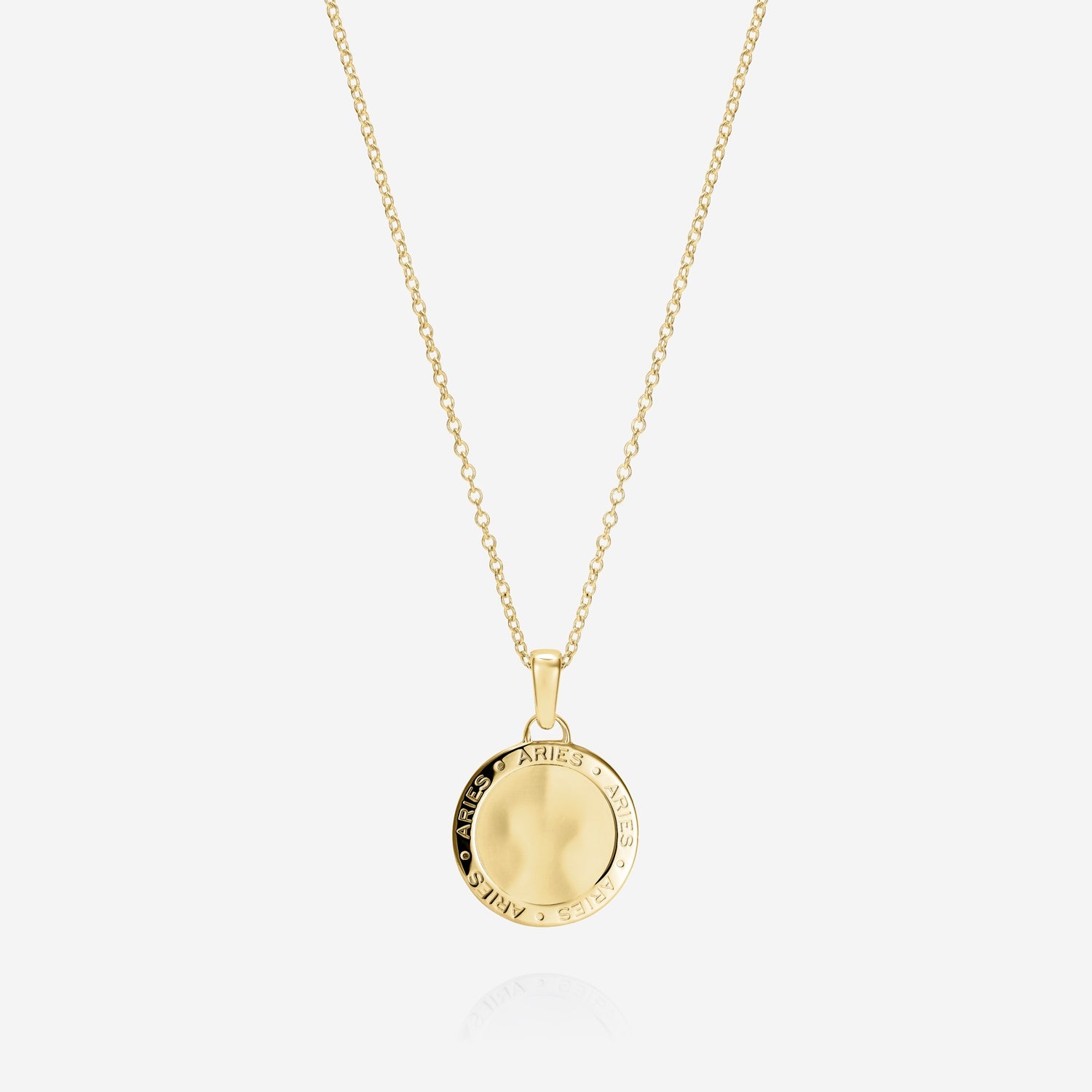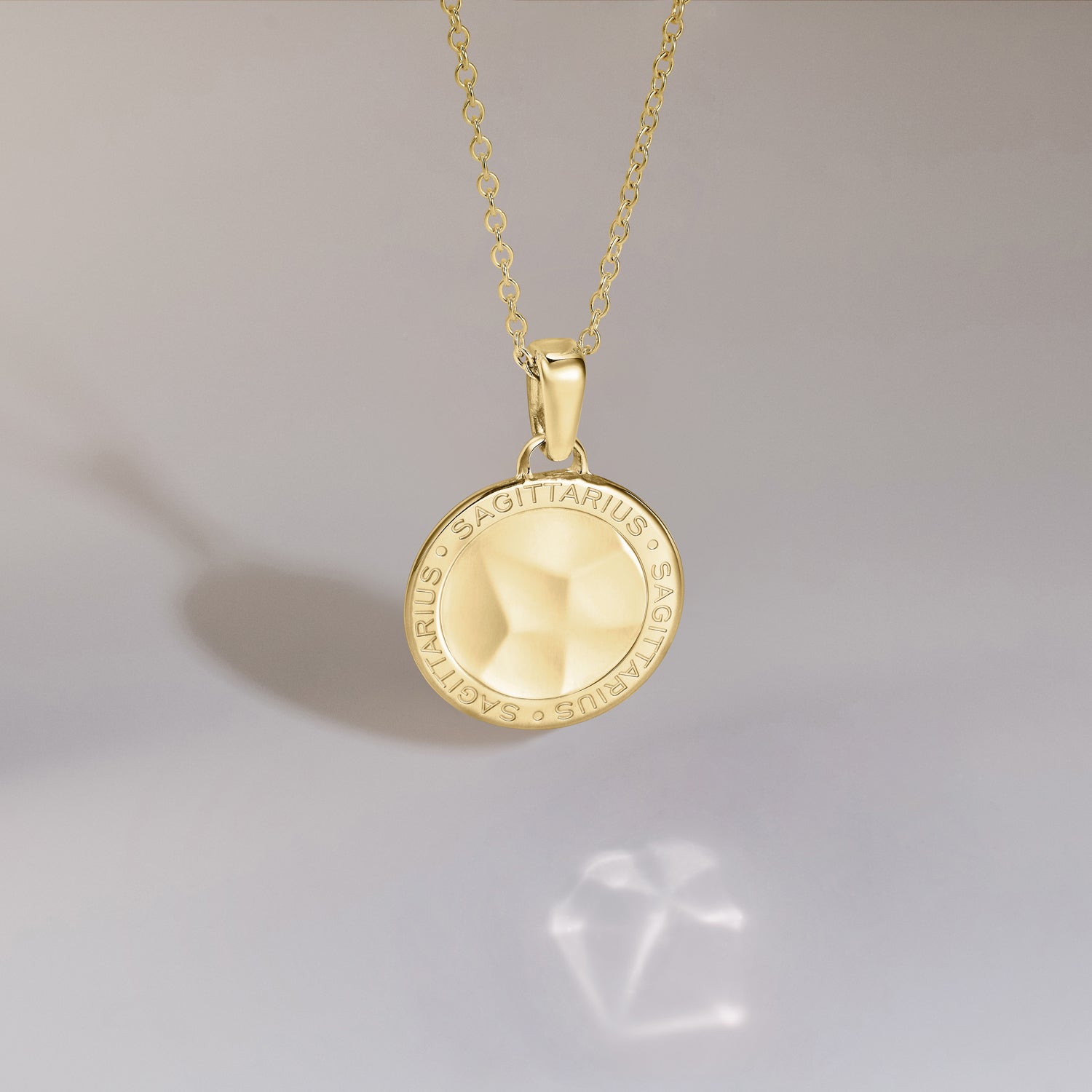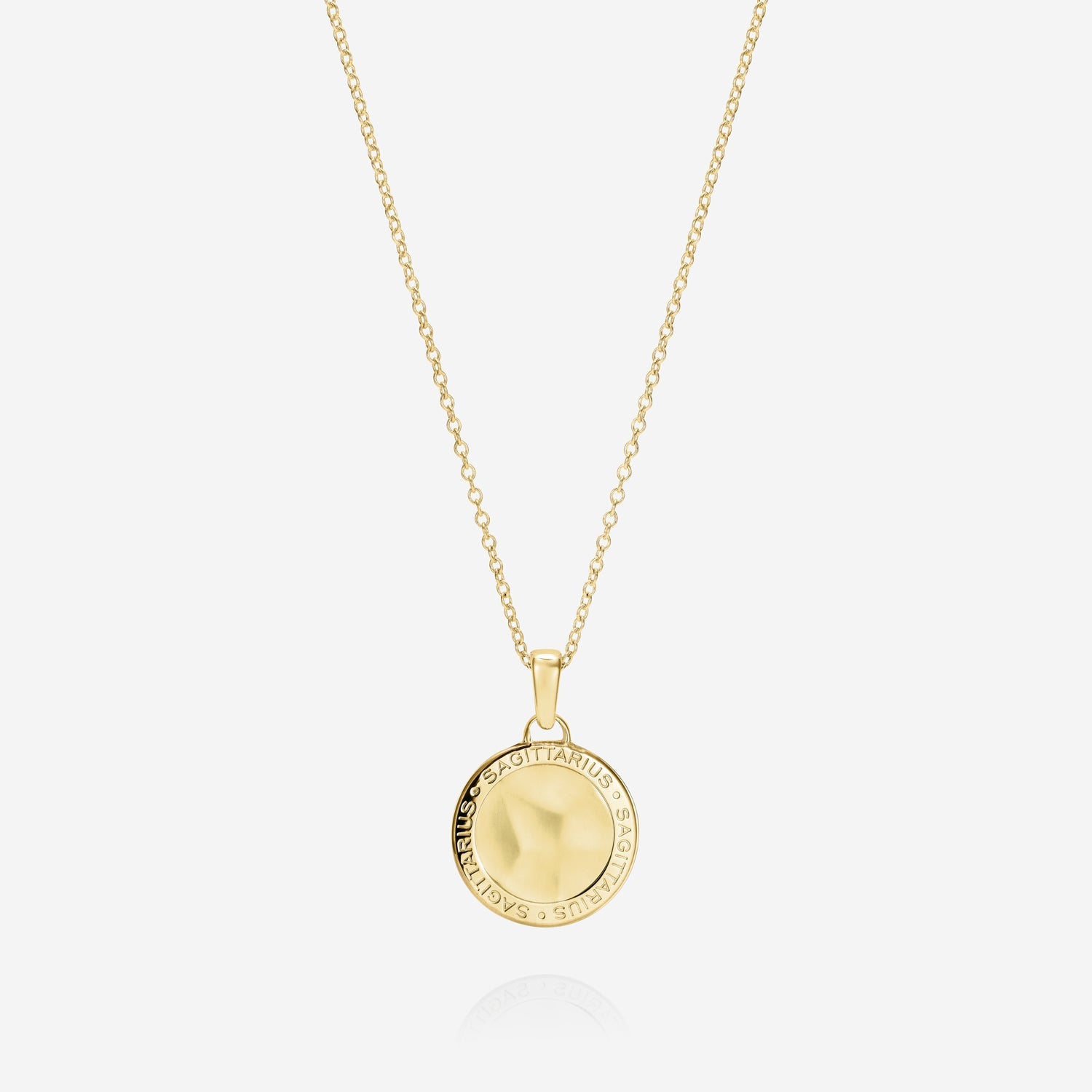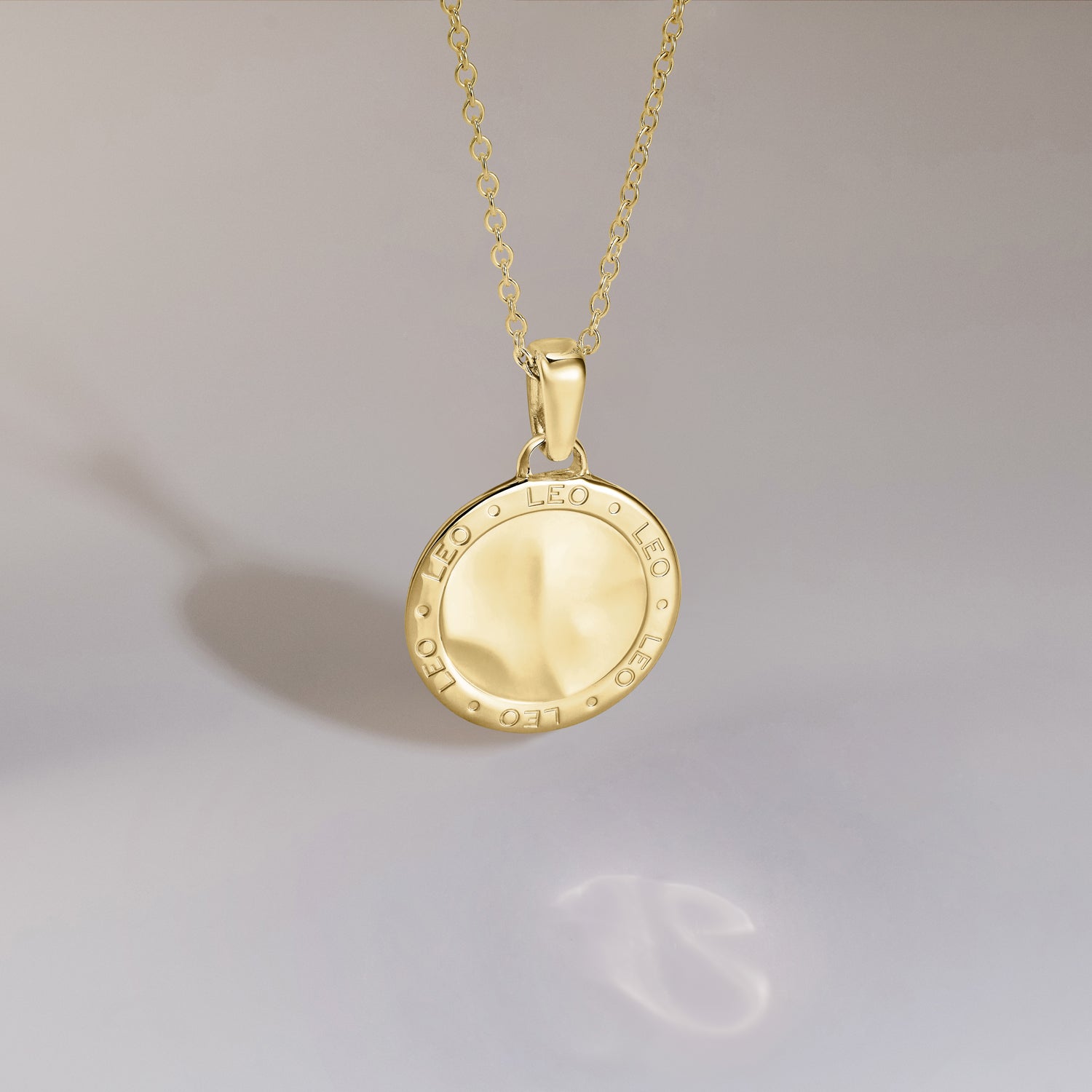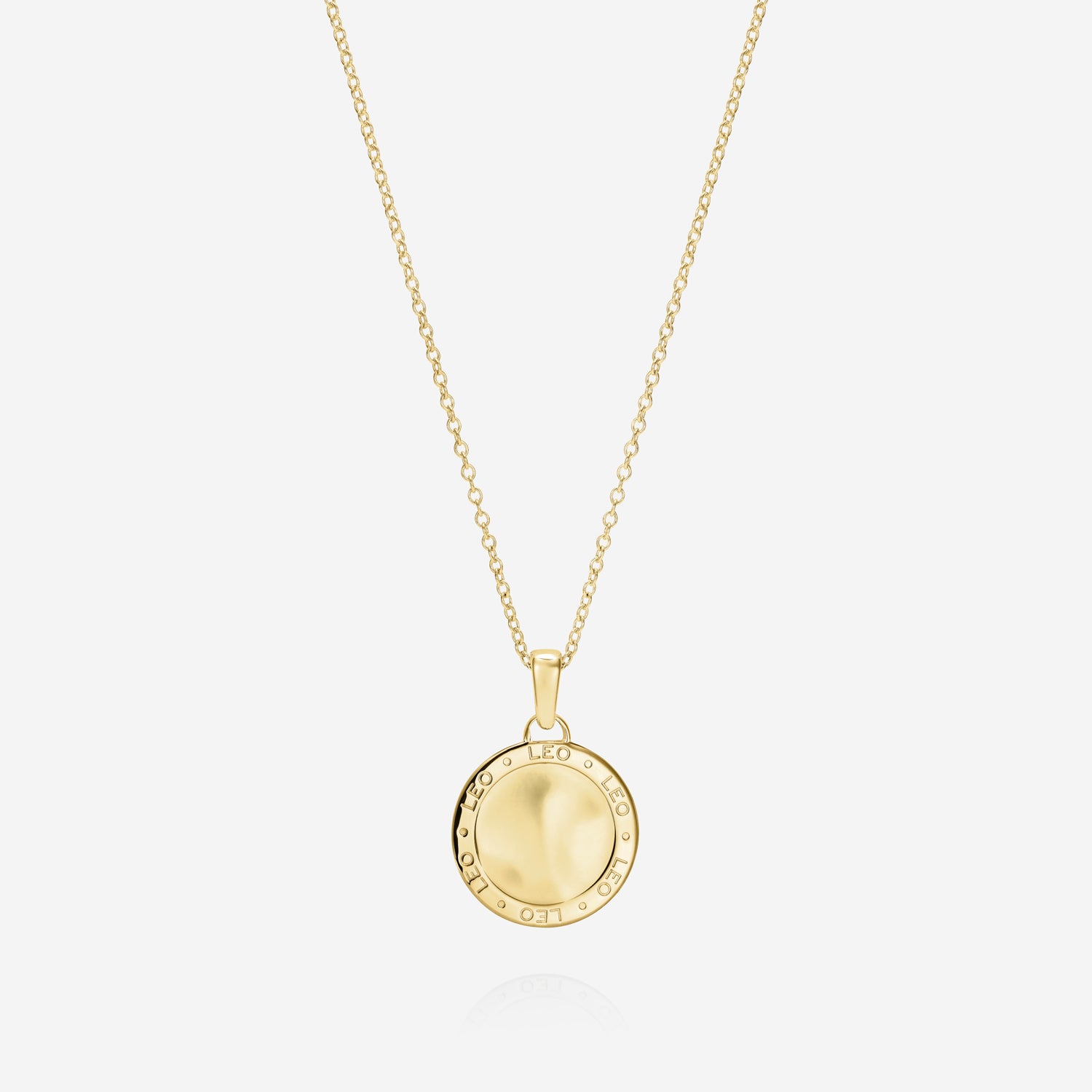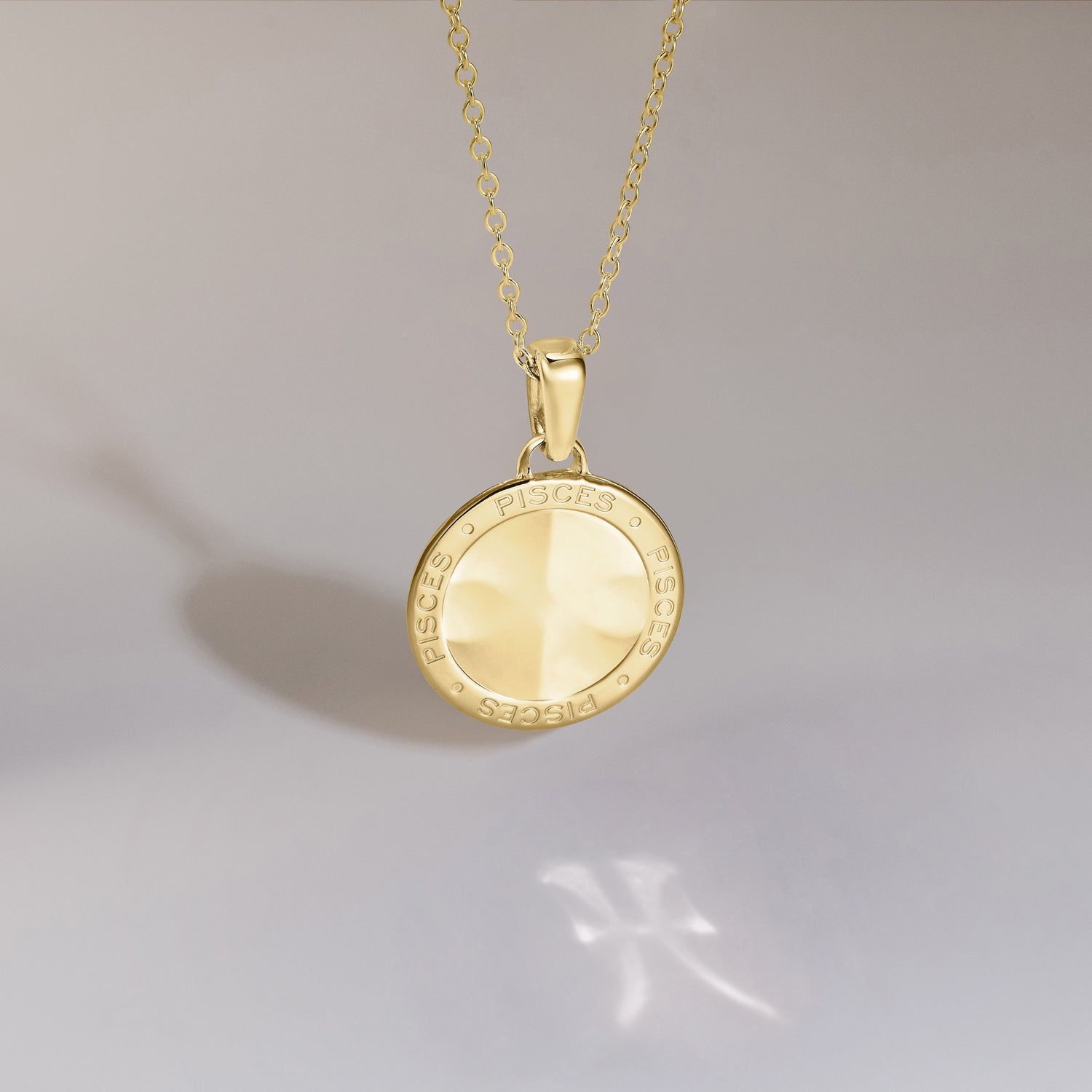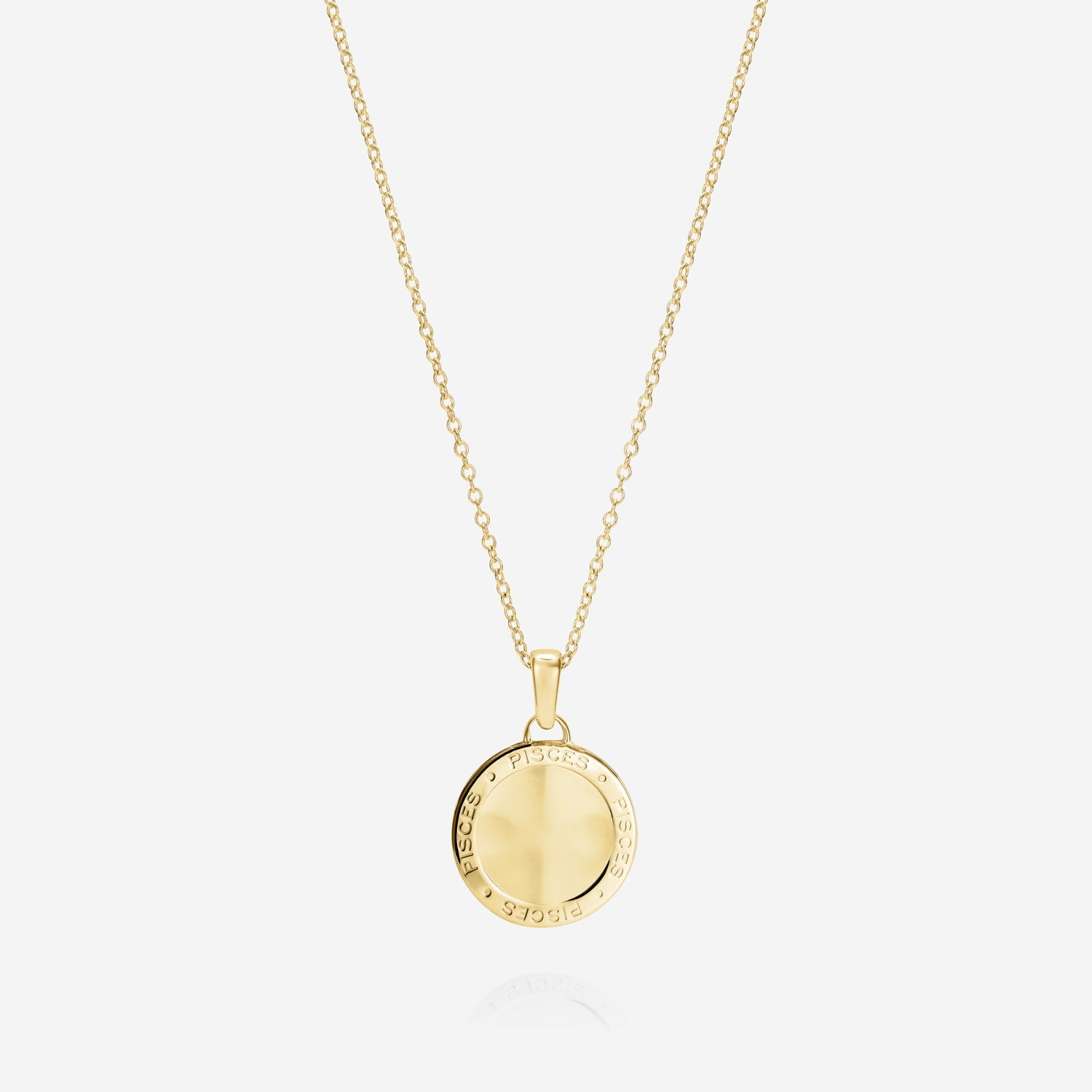The first application of the theory for The Royal Mint was within our 886 caustic designs - when light hits the surface of the signet ring or pendant design, a hidden message appears, from invisible to visible.

What are caustics?
The word caustic, in fact, comes from the Greek καυστός, meaning burnt, via the Latin causticus, burning and refers to the concentration of light, especially sunlight, which has the ability to burn.
A commonplace situation where caustics can be visible is when light shines on a drinking glass. The glass casts a shadow, but also produces a curved area of bright light. This effect can be manipulated to create a distinct pattern, in our designs a tower crosslet and heart symbol.

The Royal Mint and Caustics
Caustics has been around for some time, initially investigated mathematically for rendering photo-realistic virtual images of digital models. Later, “Caustic Engineering” was developed as a method of developing physical objects in reflective materials to focus light to create a desired image onto a target surface.
The Royal Mint initially developed caustics as a potential security feature for precious metal coins. When producing coins with tight specifications in terms of dimensions and composition there were very few opportunities to add other elements to the product to make it secure. This led to the use of caustic technology to create fine structures on the surface, affecting how light is reflected to create visible security features.

886 and the Caustics Range
The 886 jewellery range saw the first application of these techniques onto Royal Mint products. Representing no small challenge, due to the need to transfer the caustic features onto complex jewellery forms, this led to the development of unique and innovative striking methods which our skilled craftspeople use in the production of the range at The Royal Mint in Wales.
